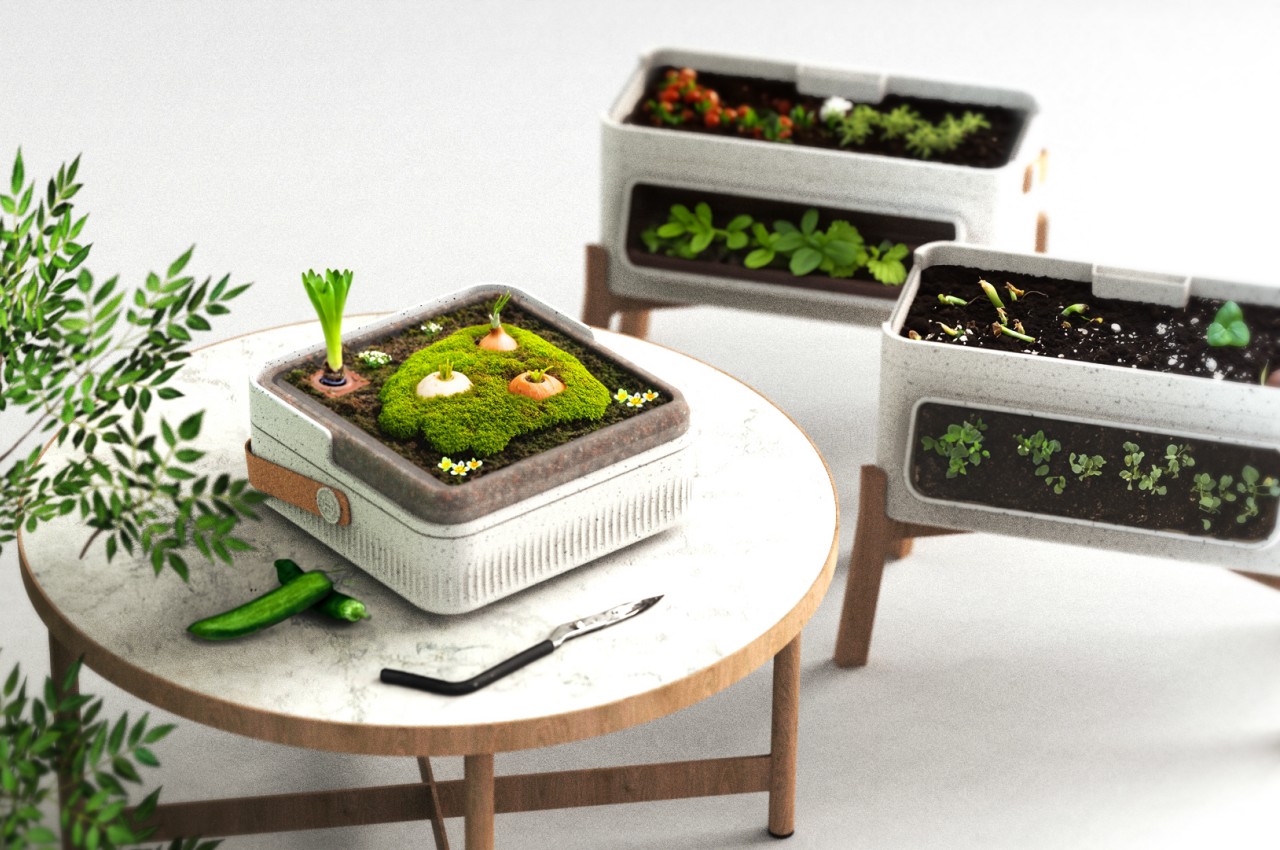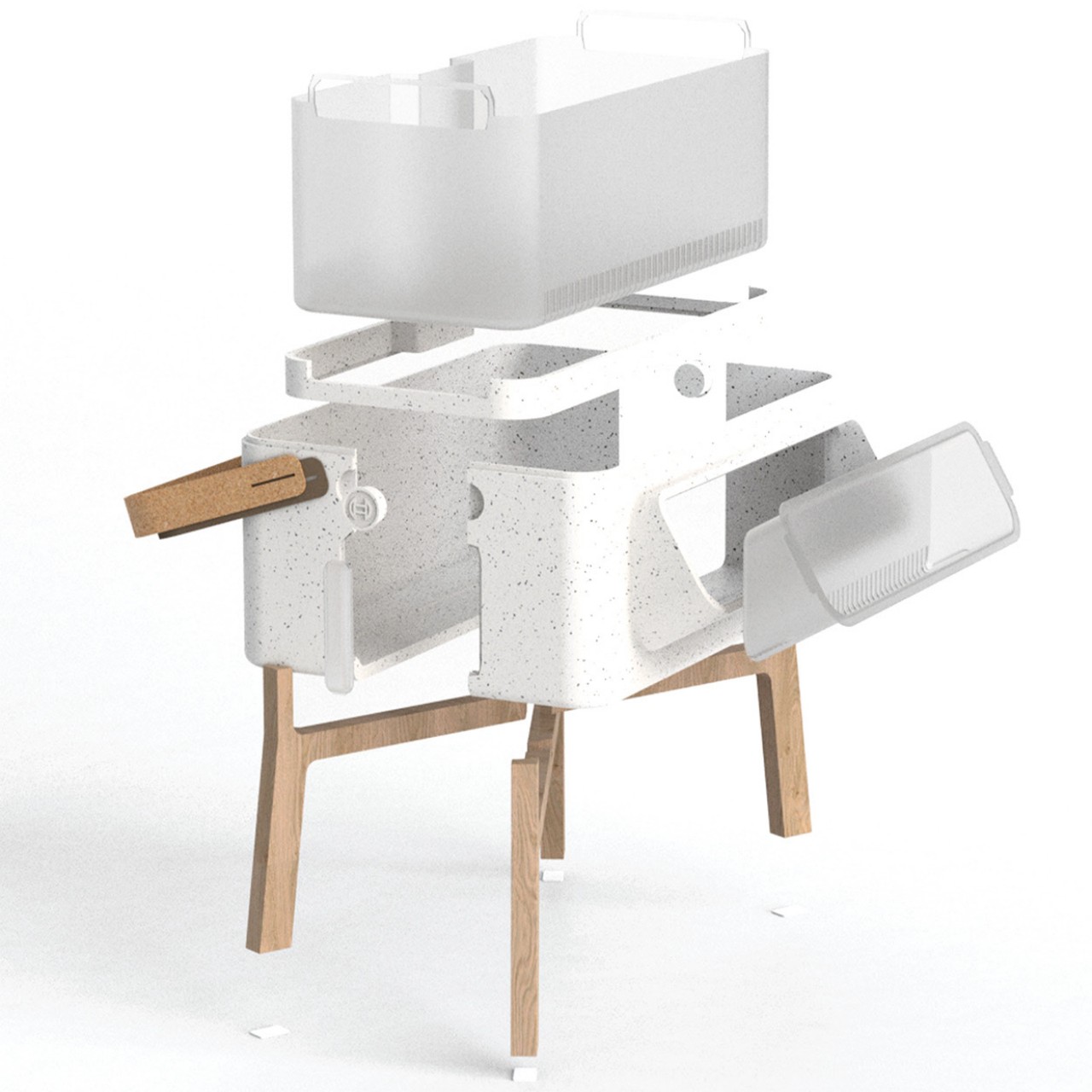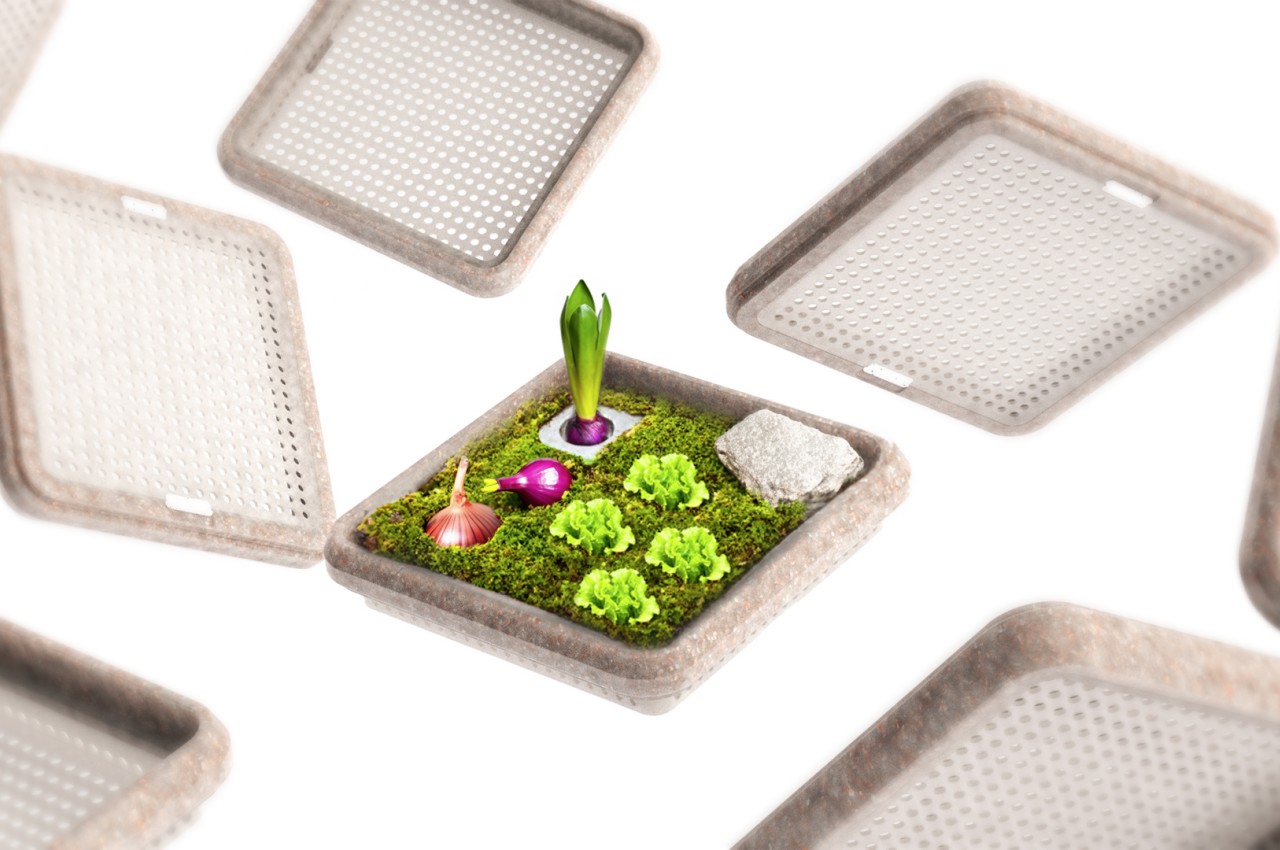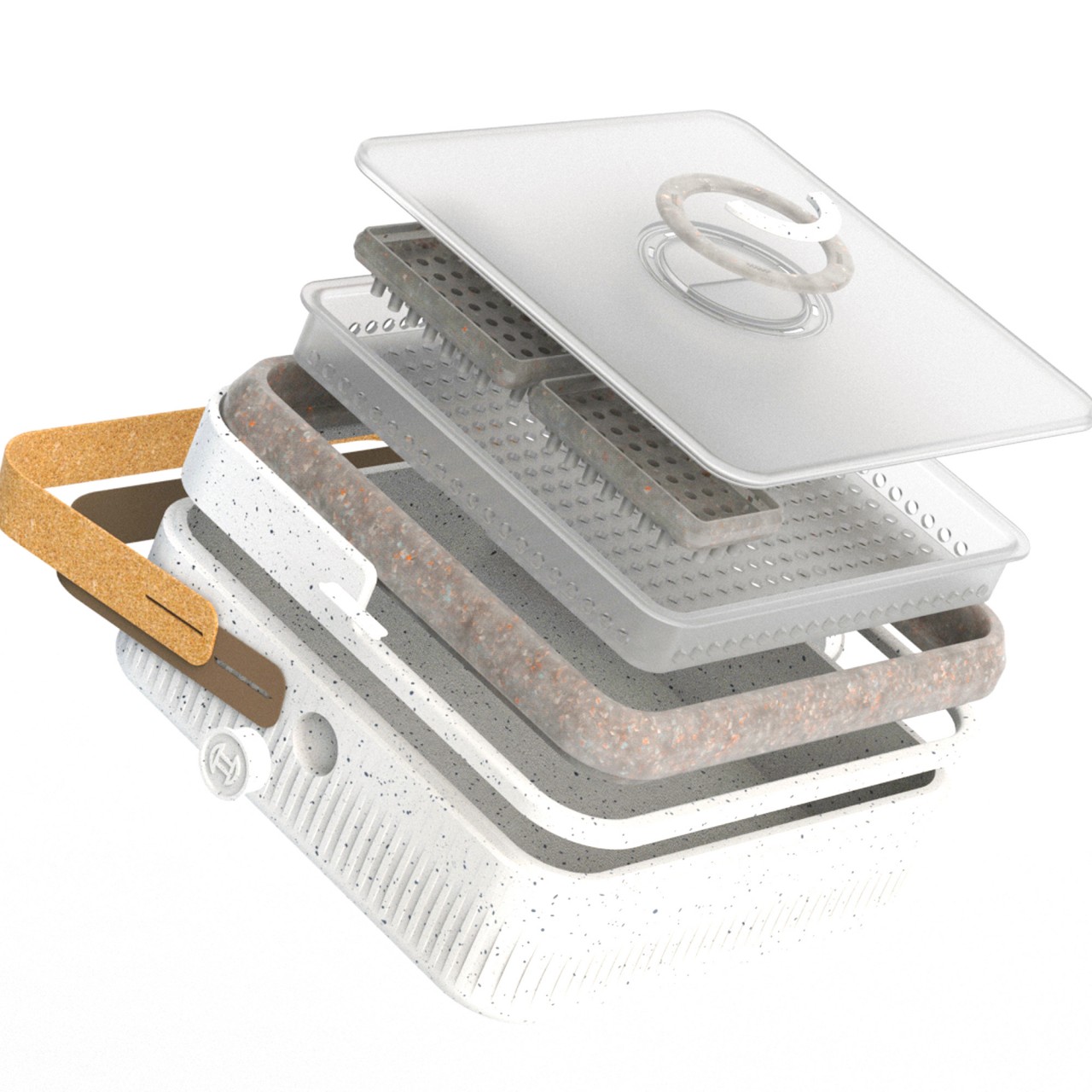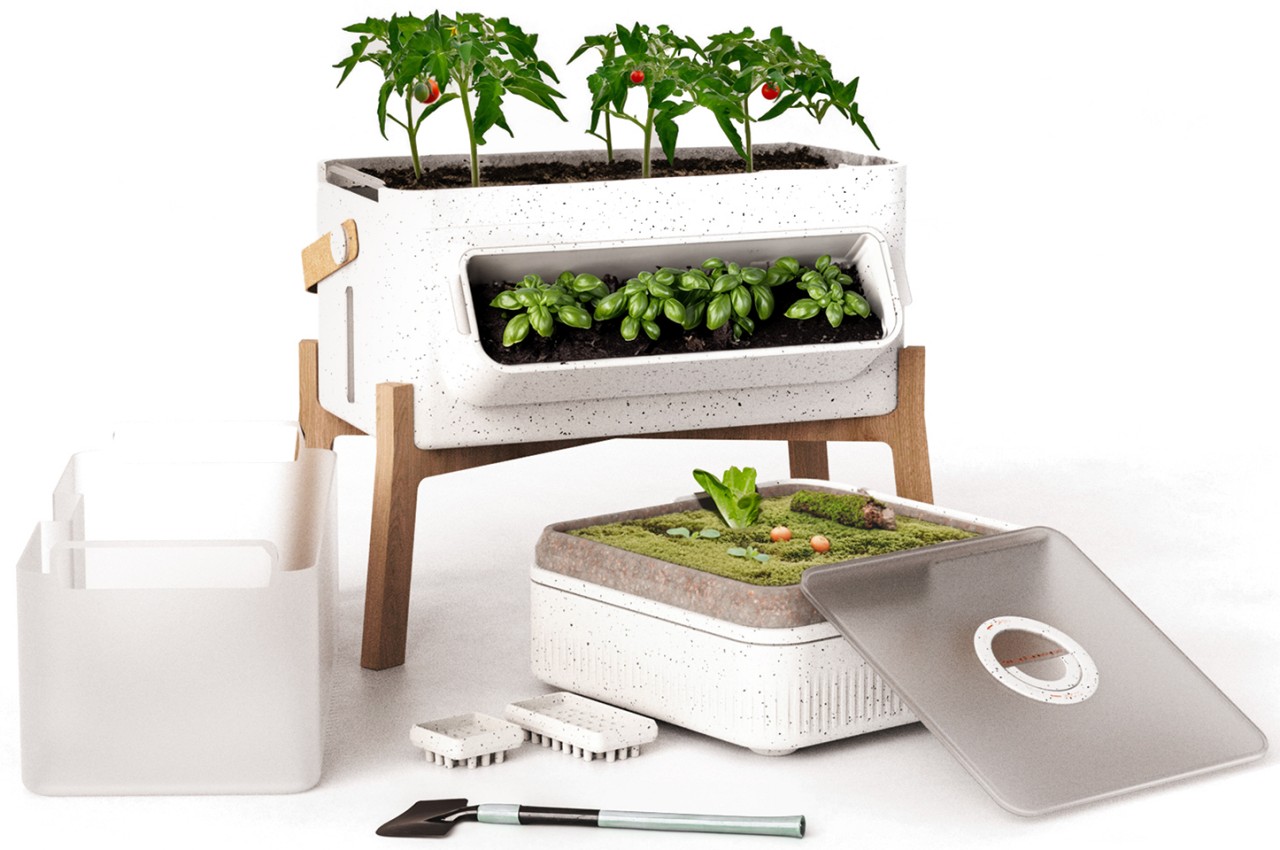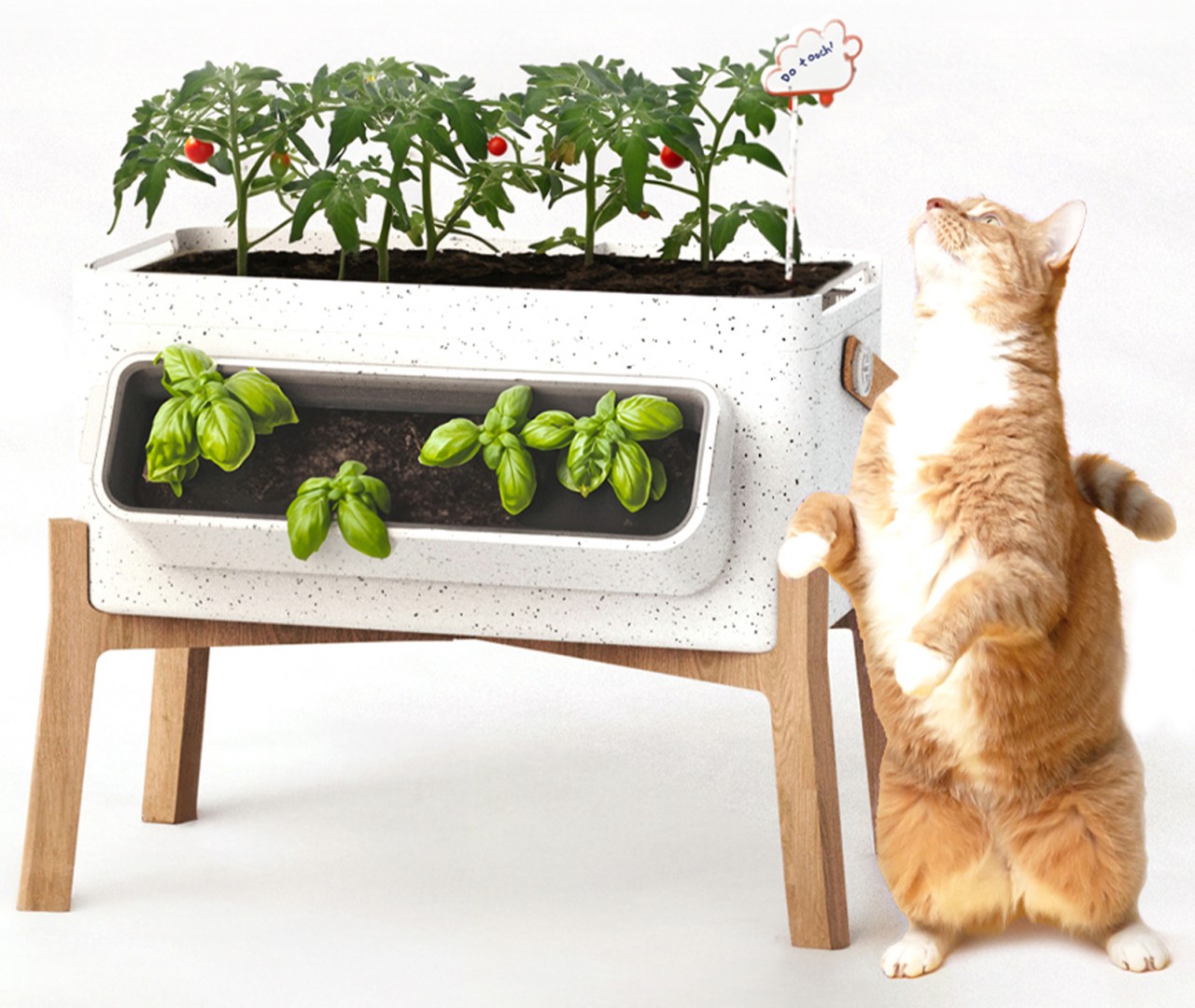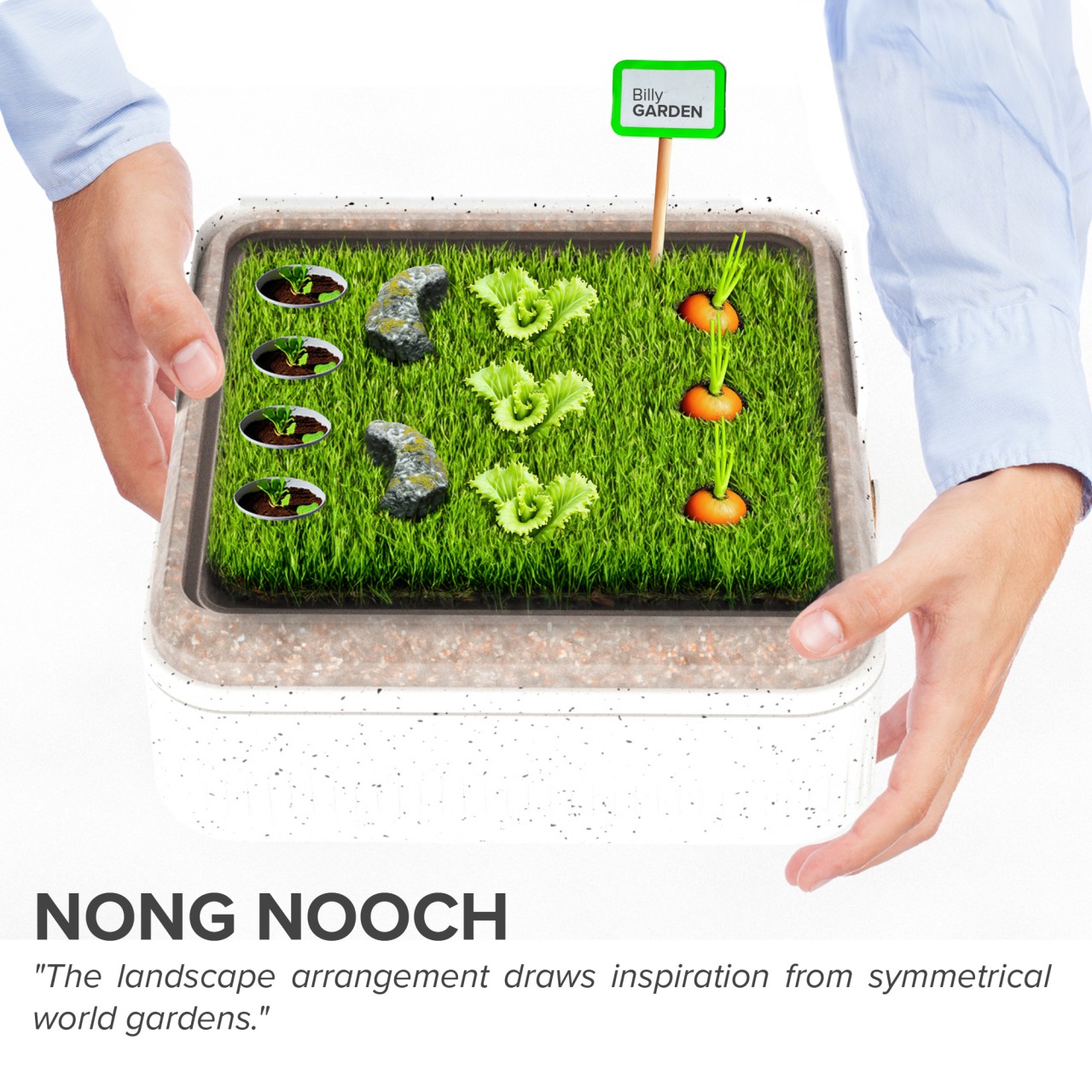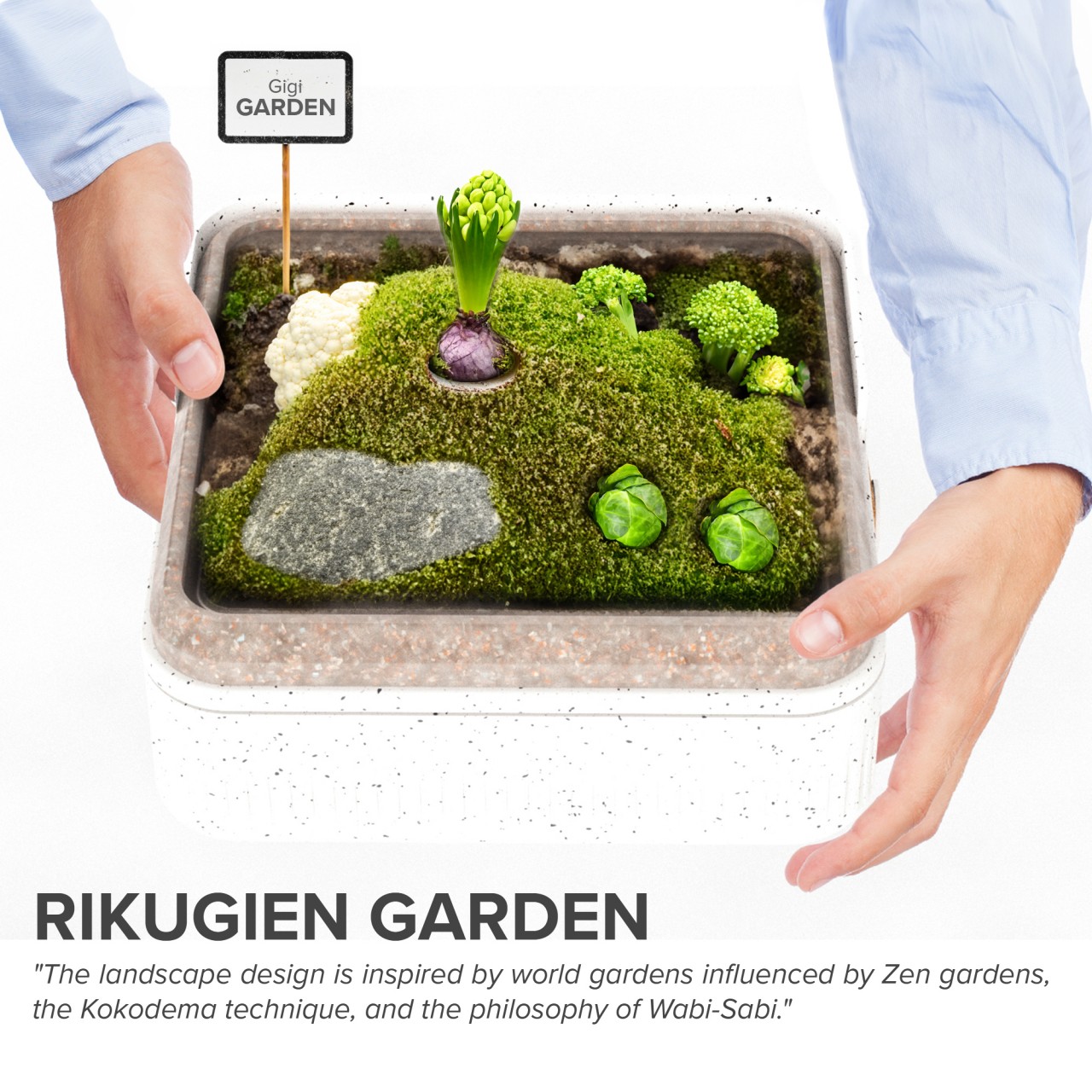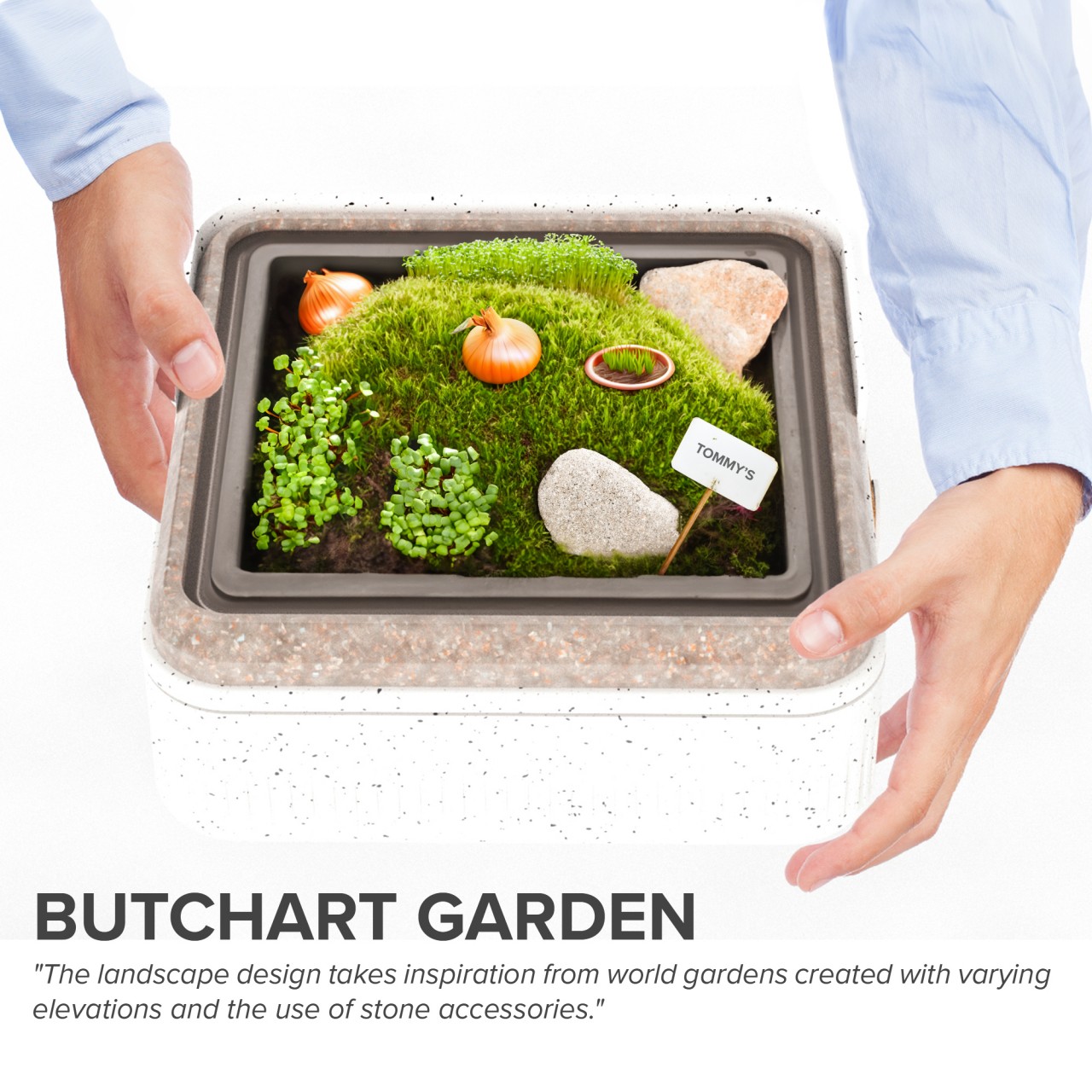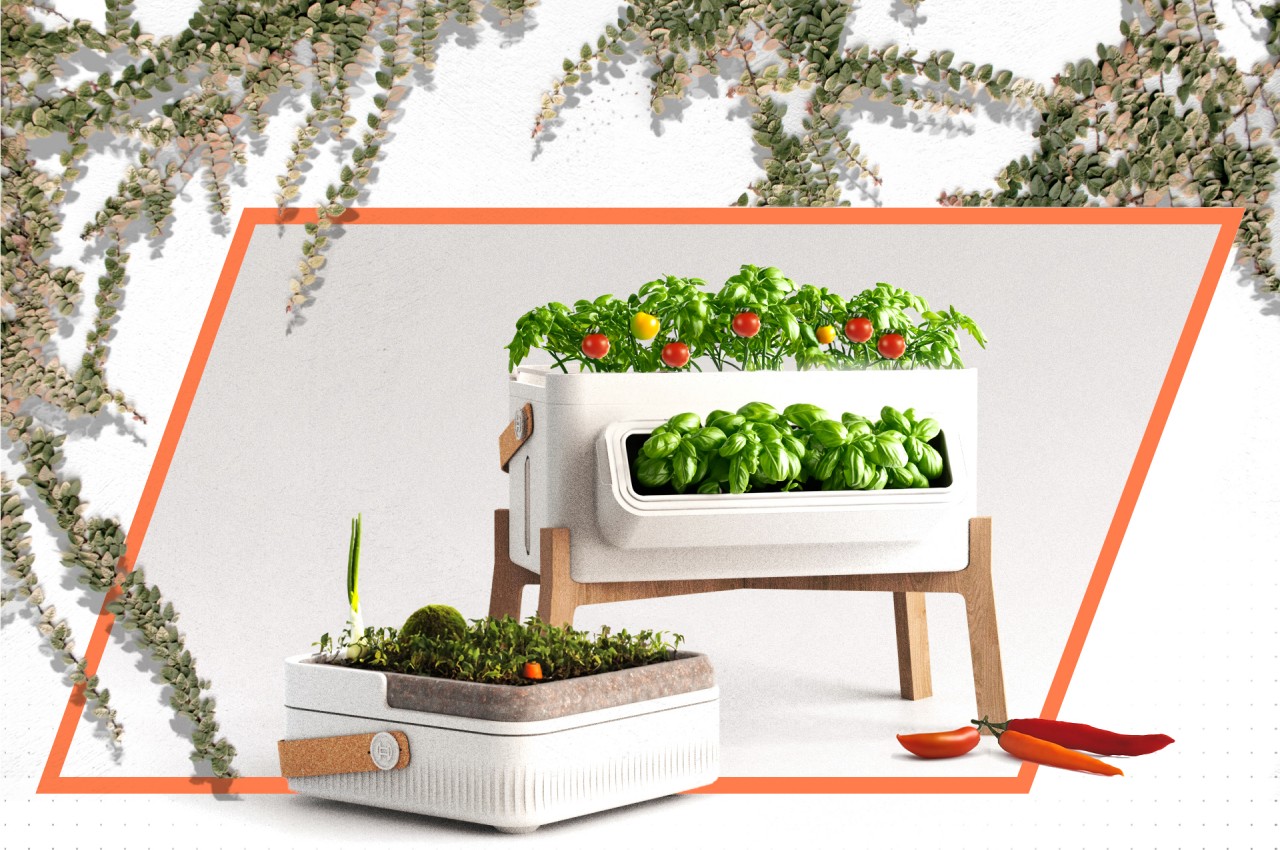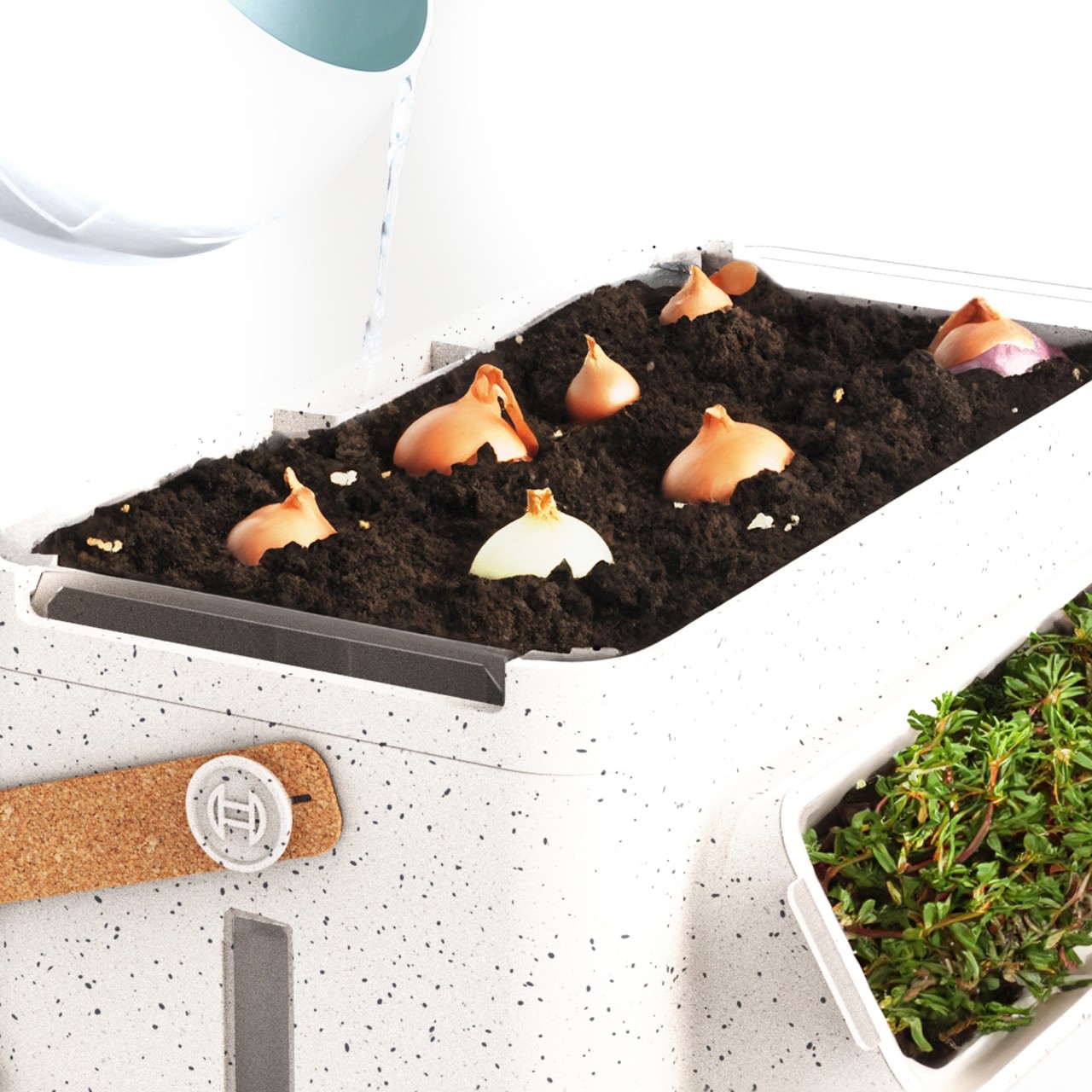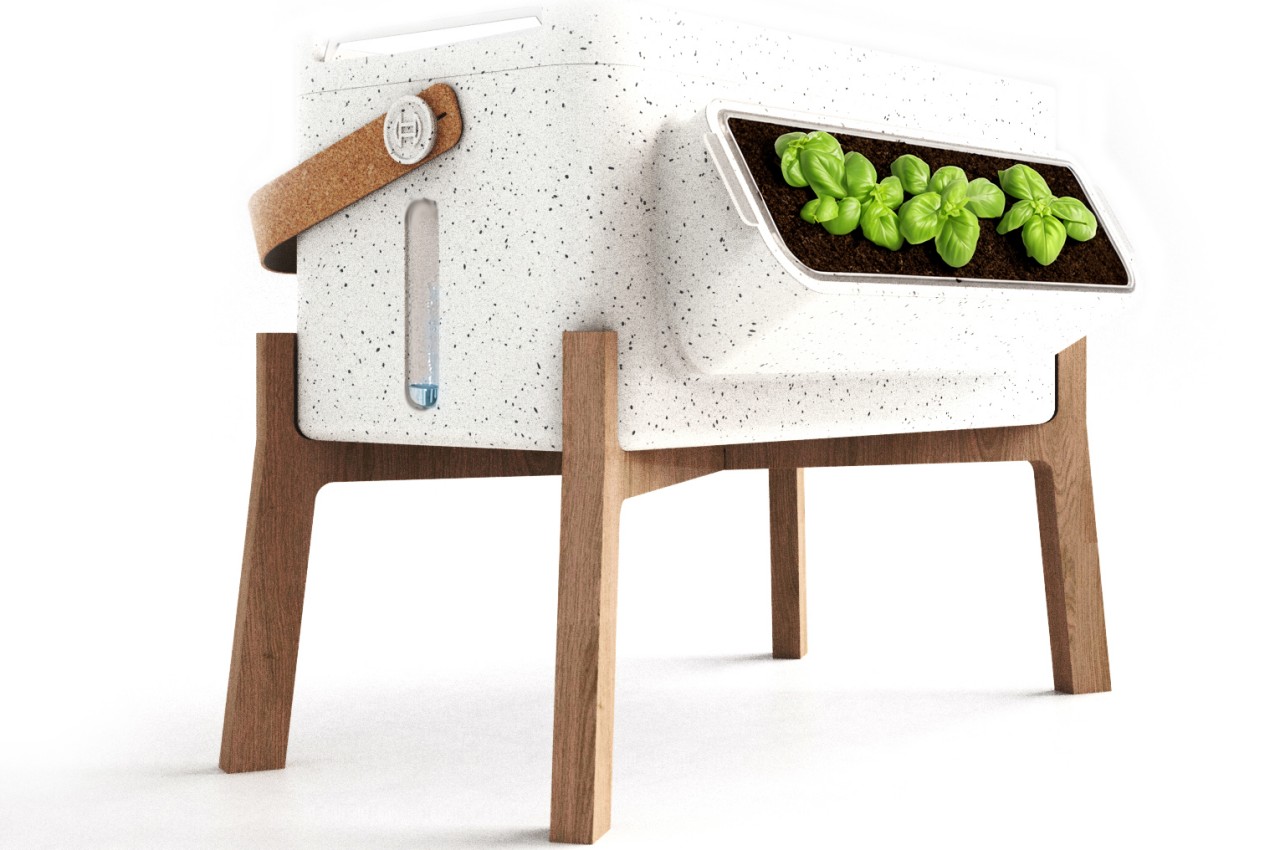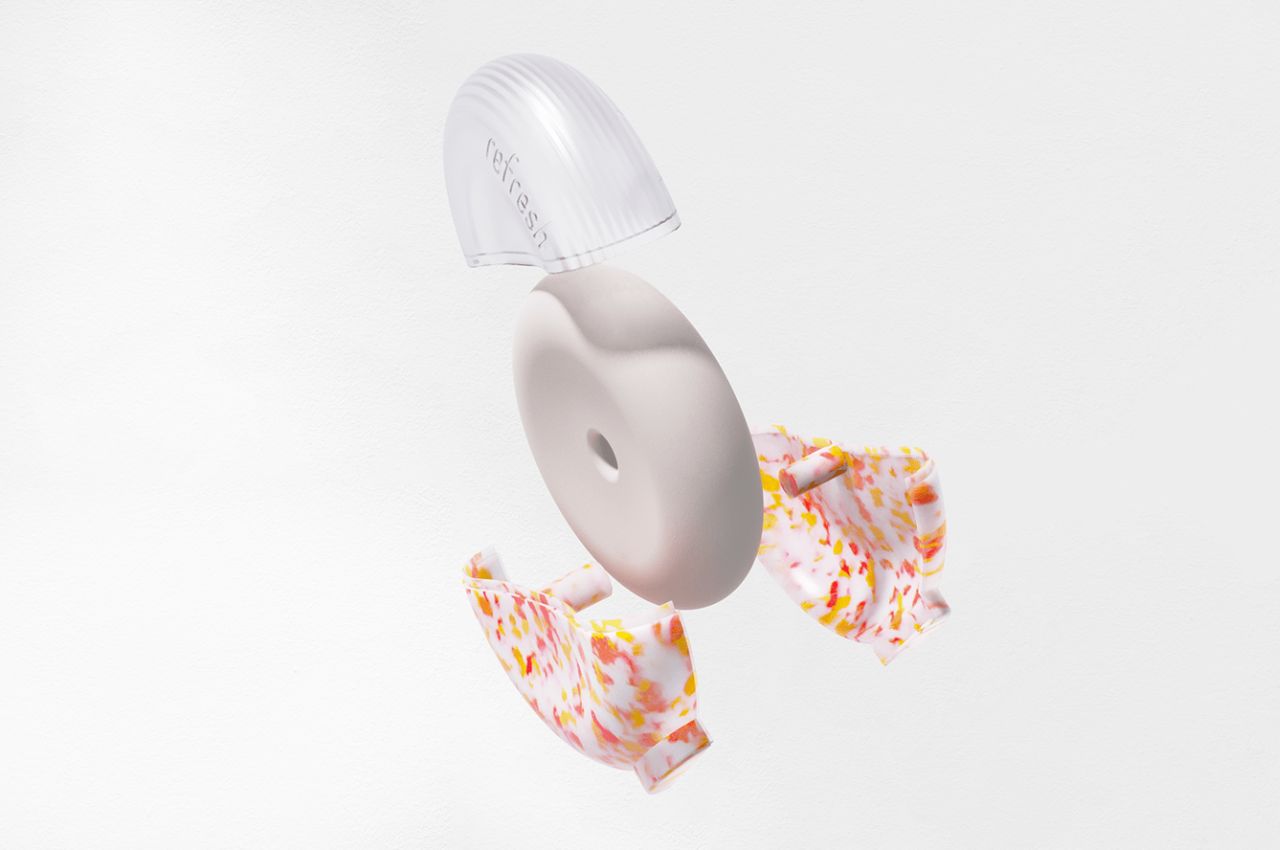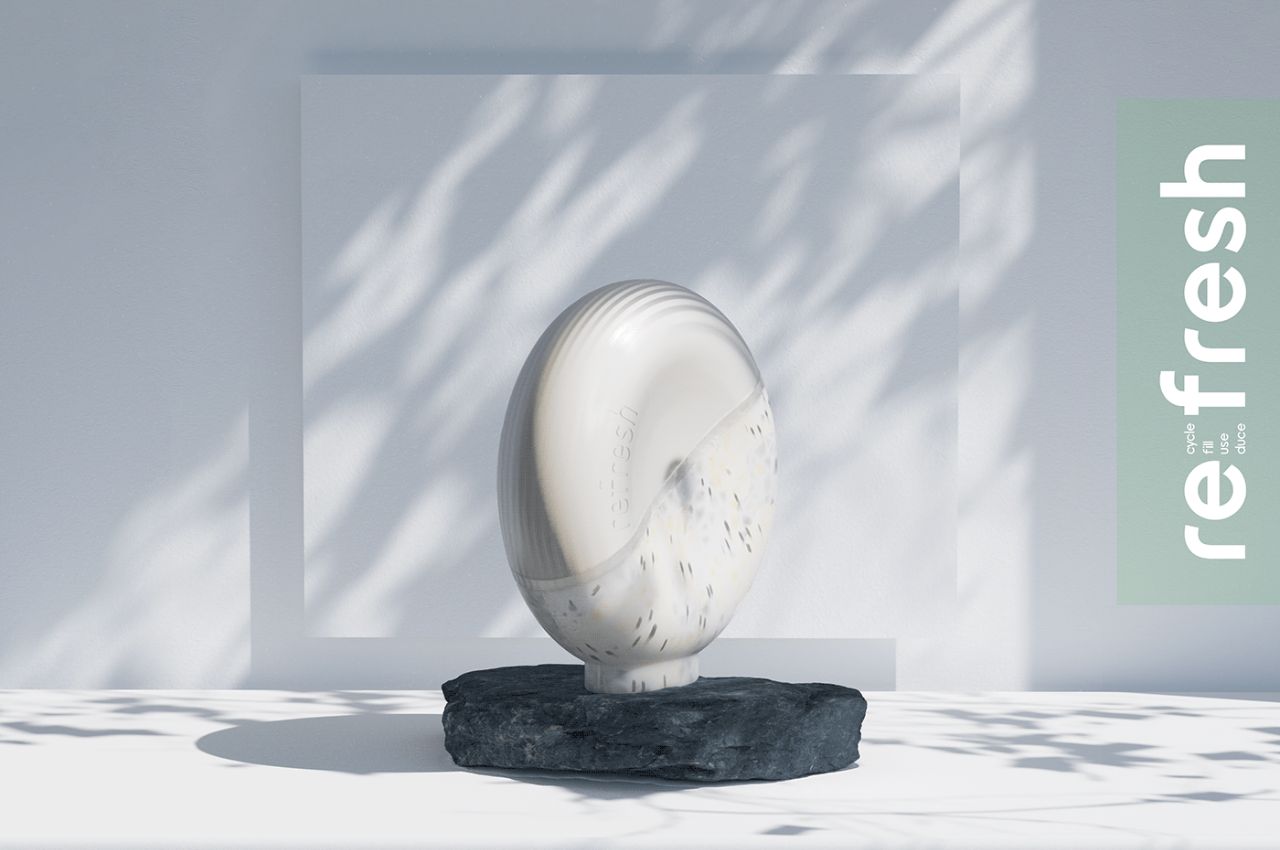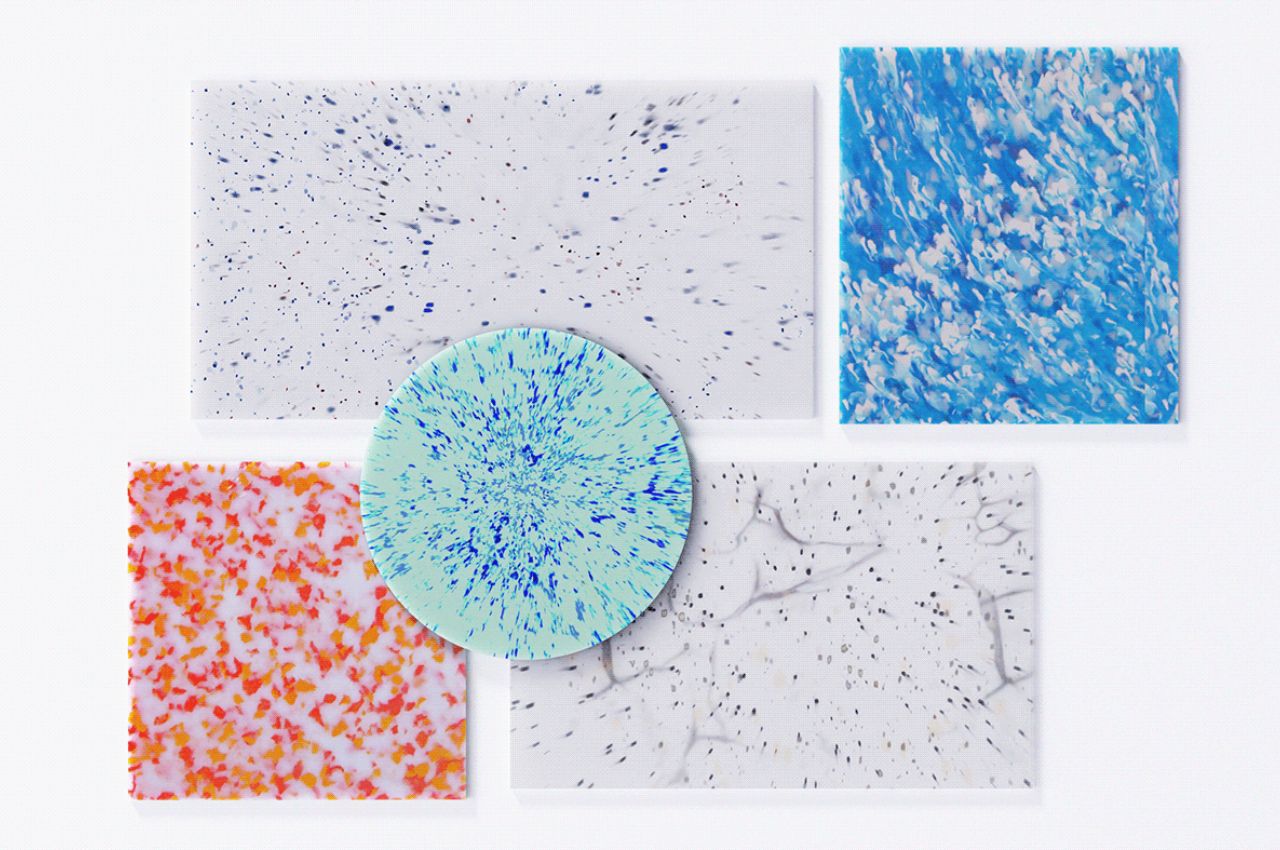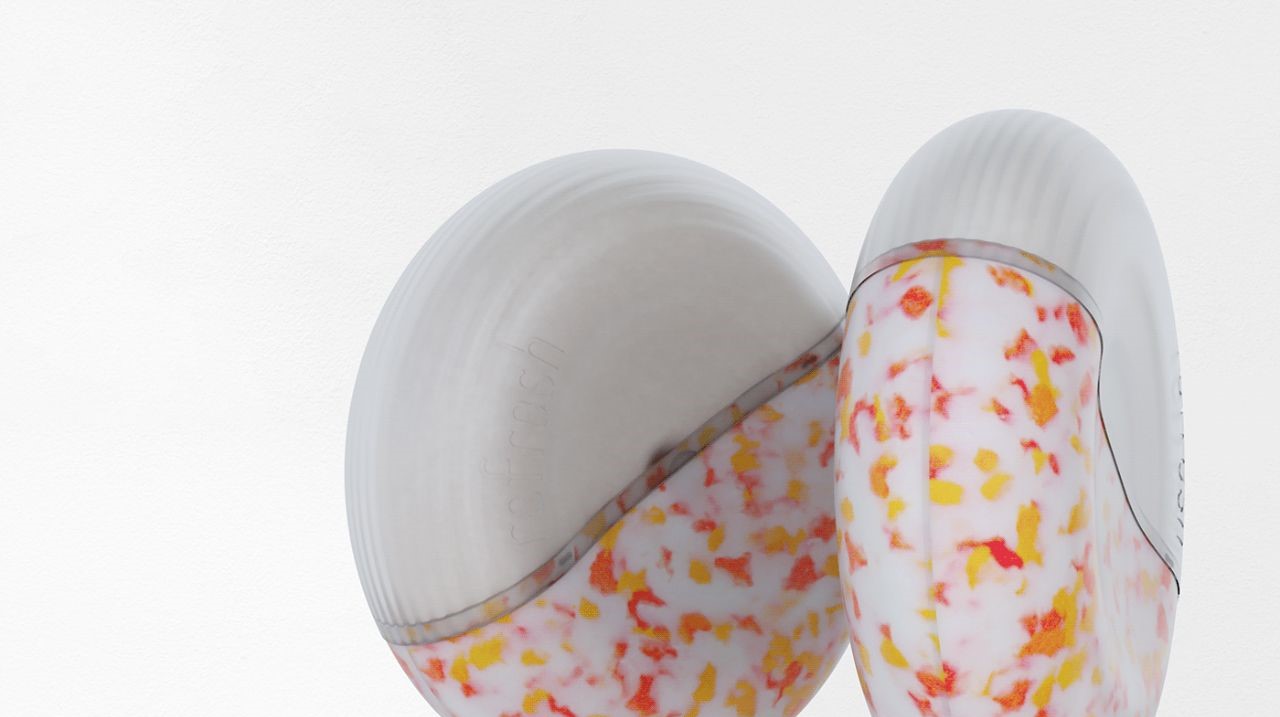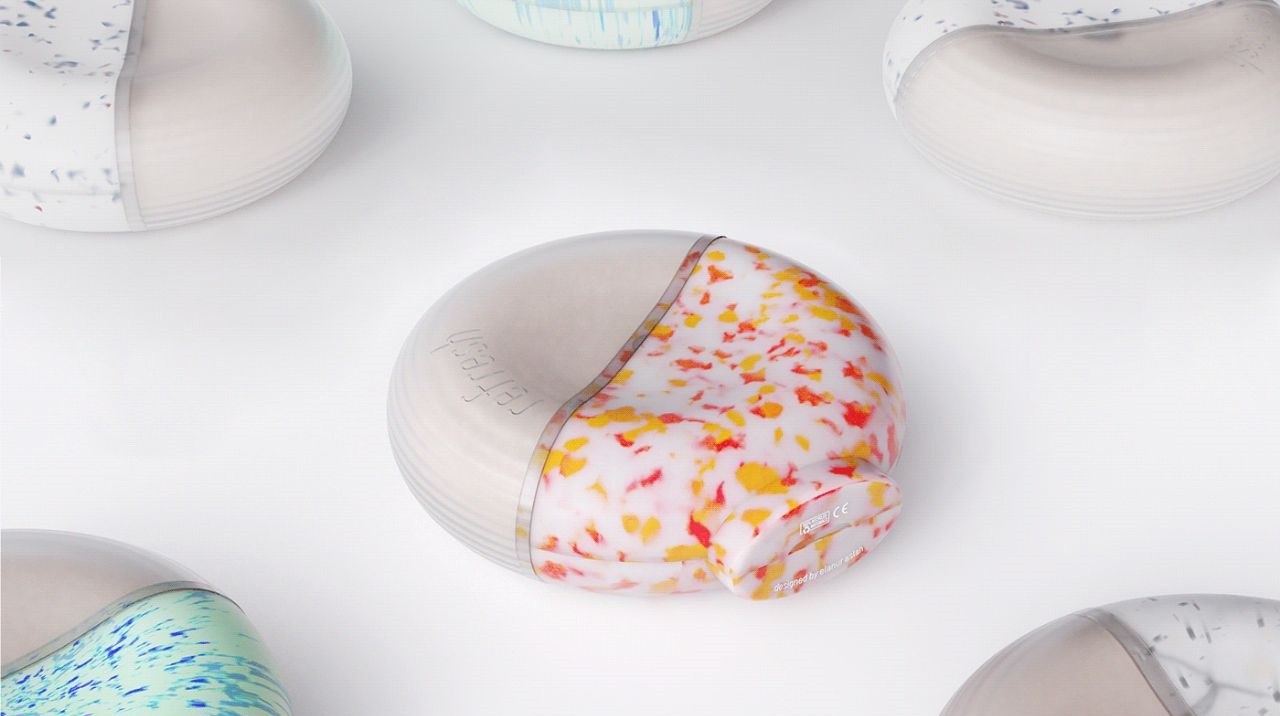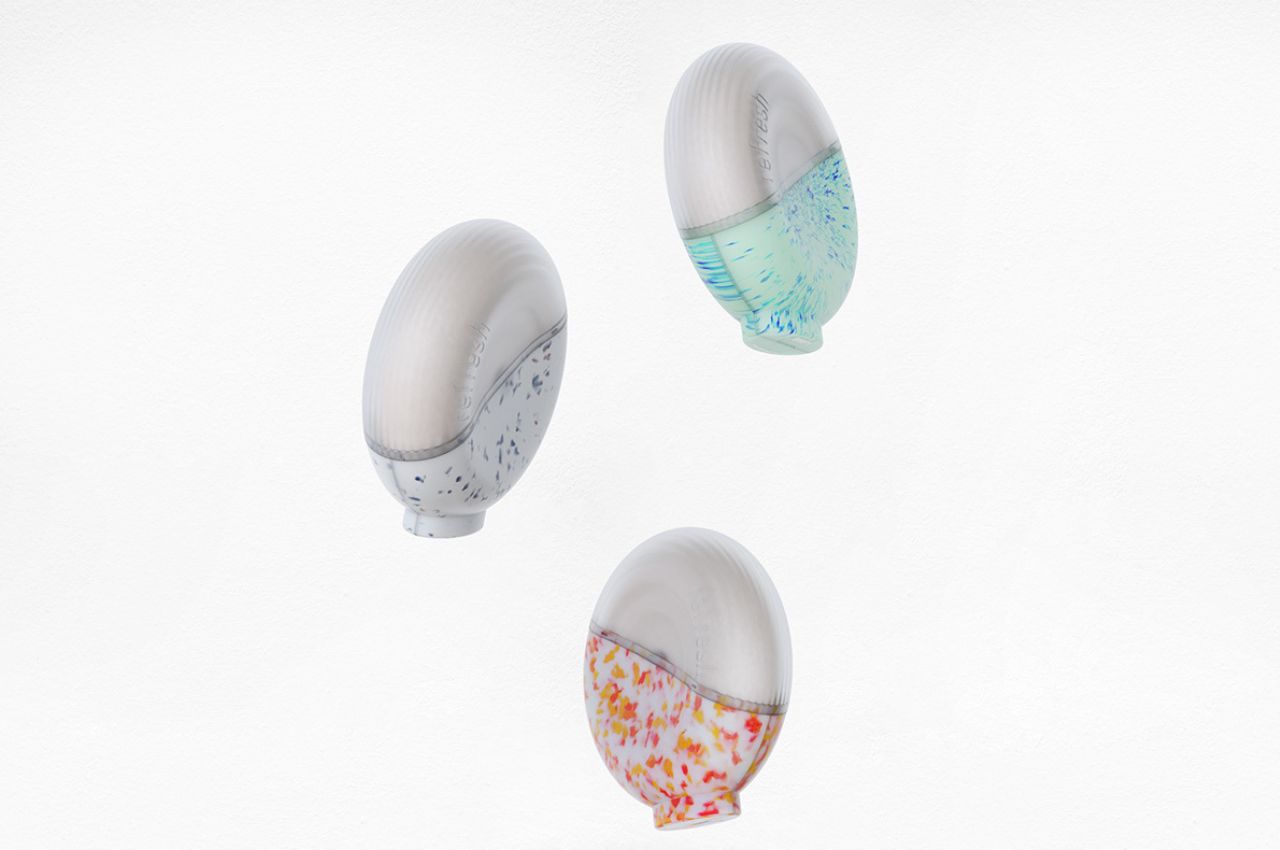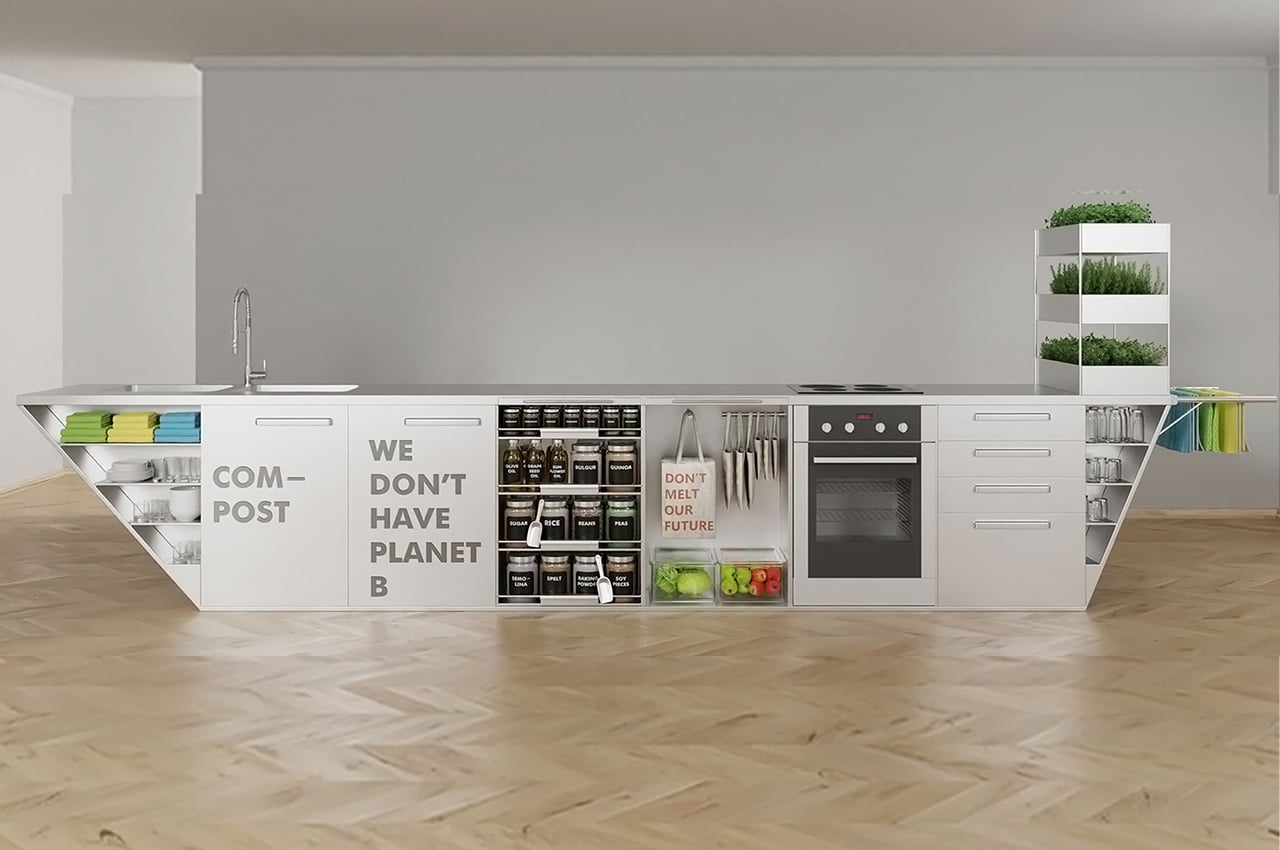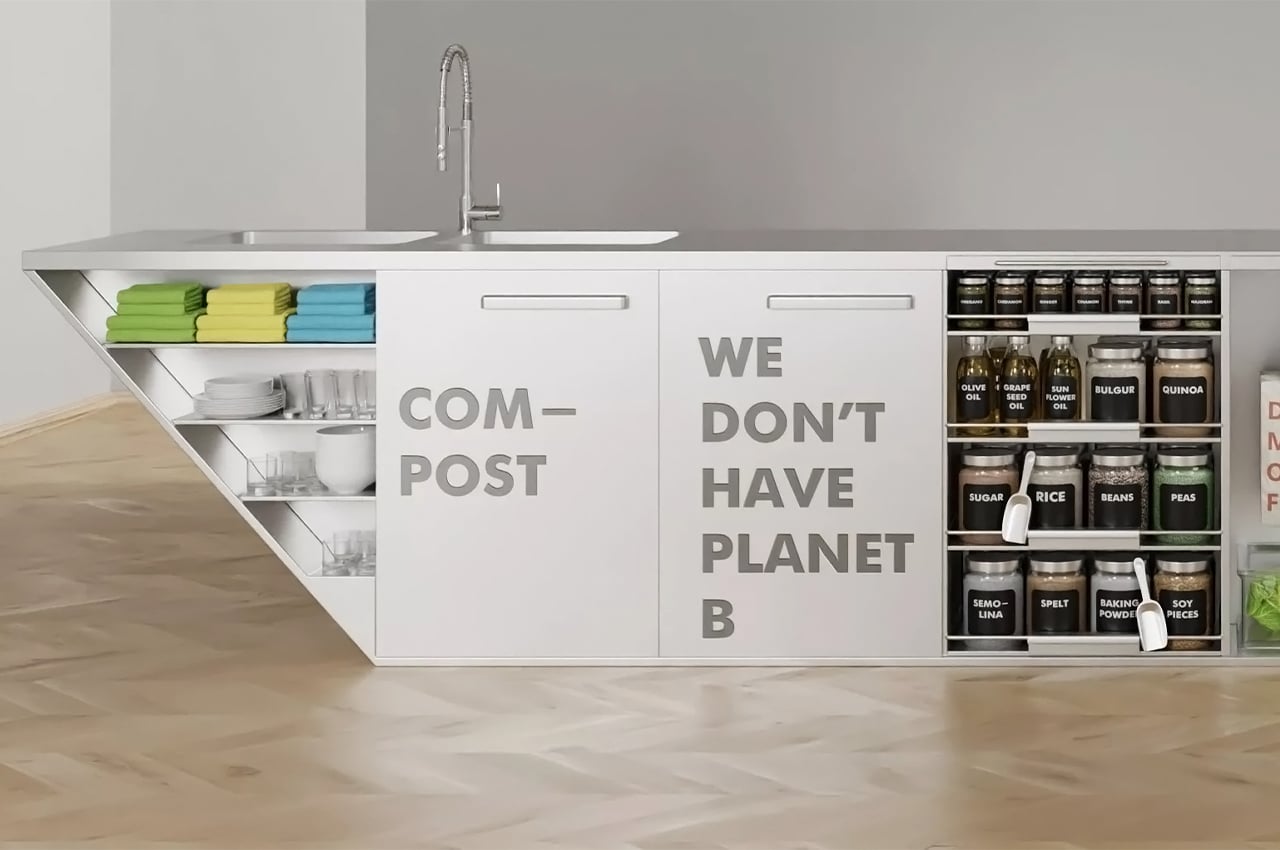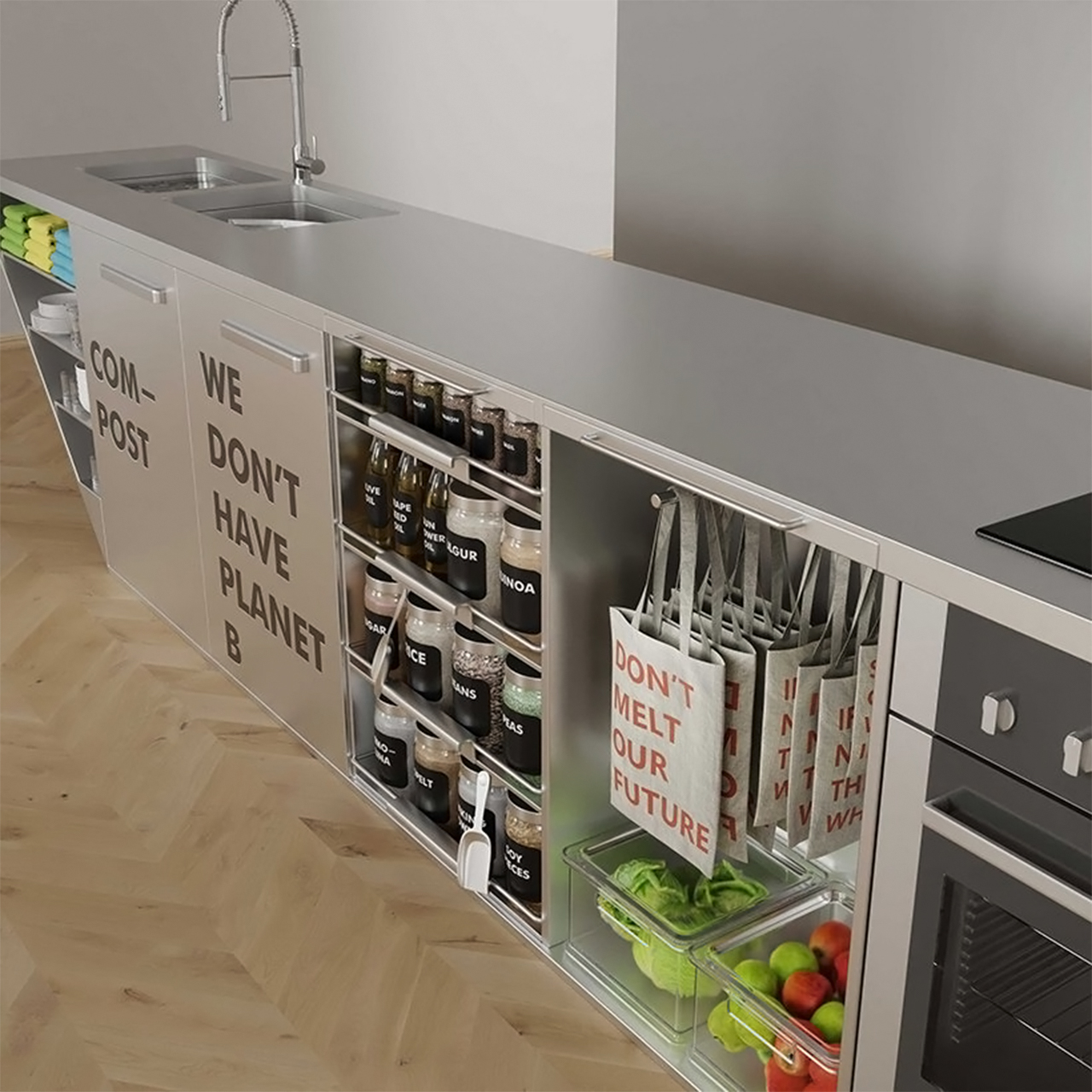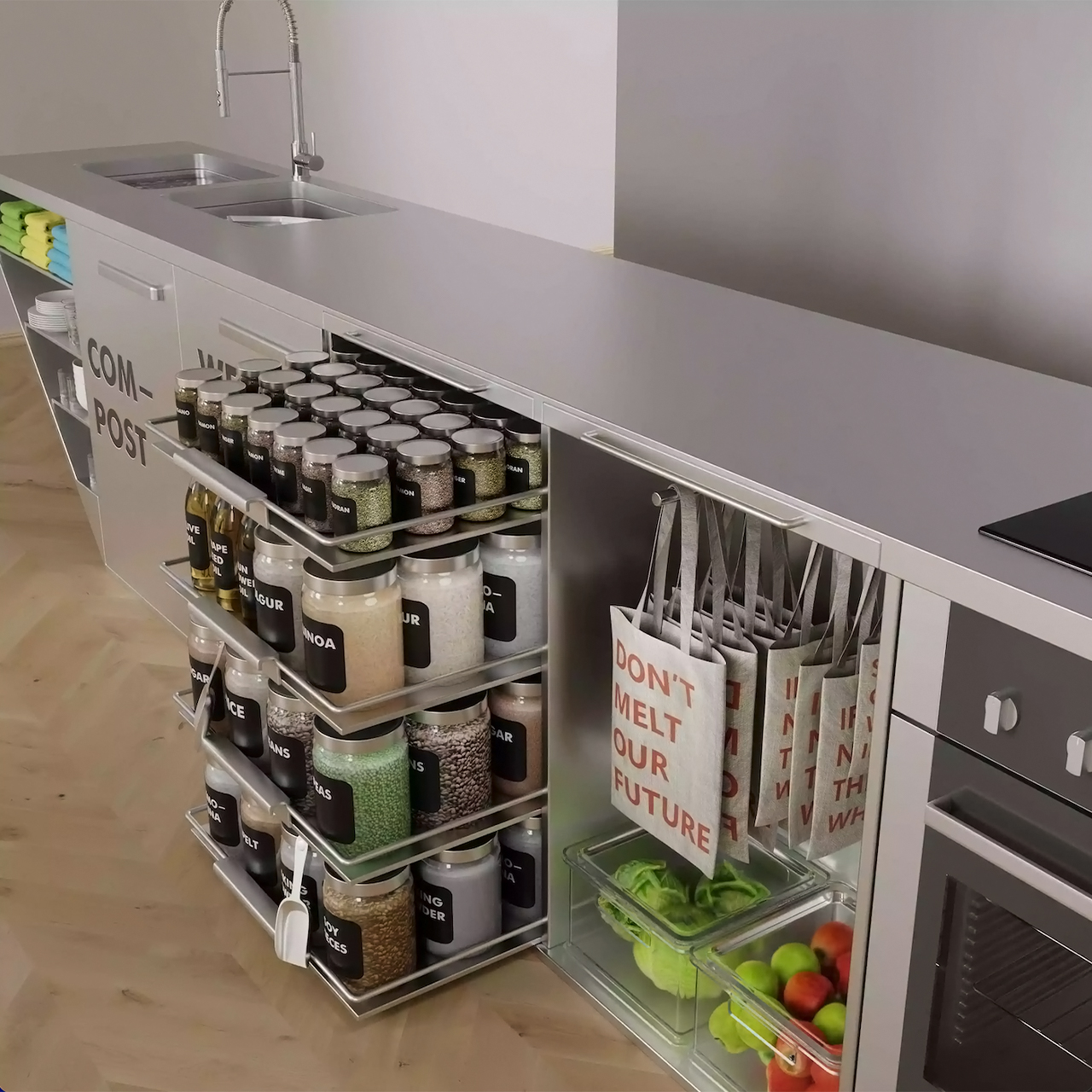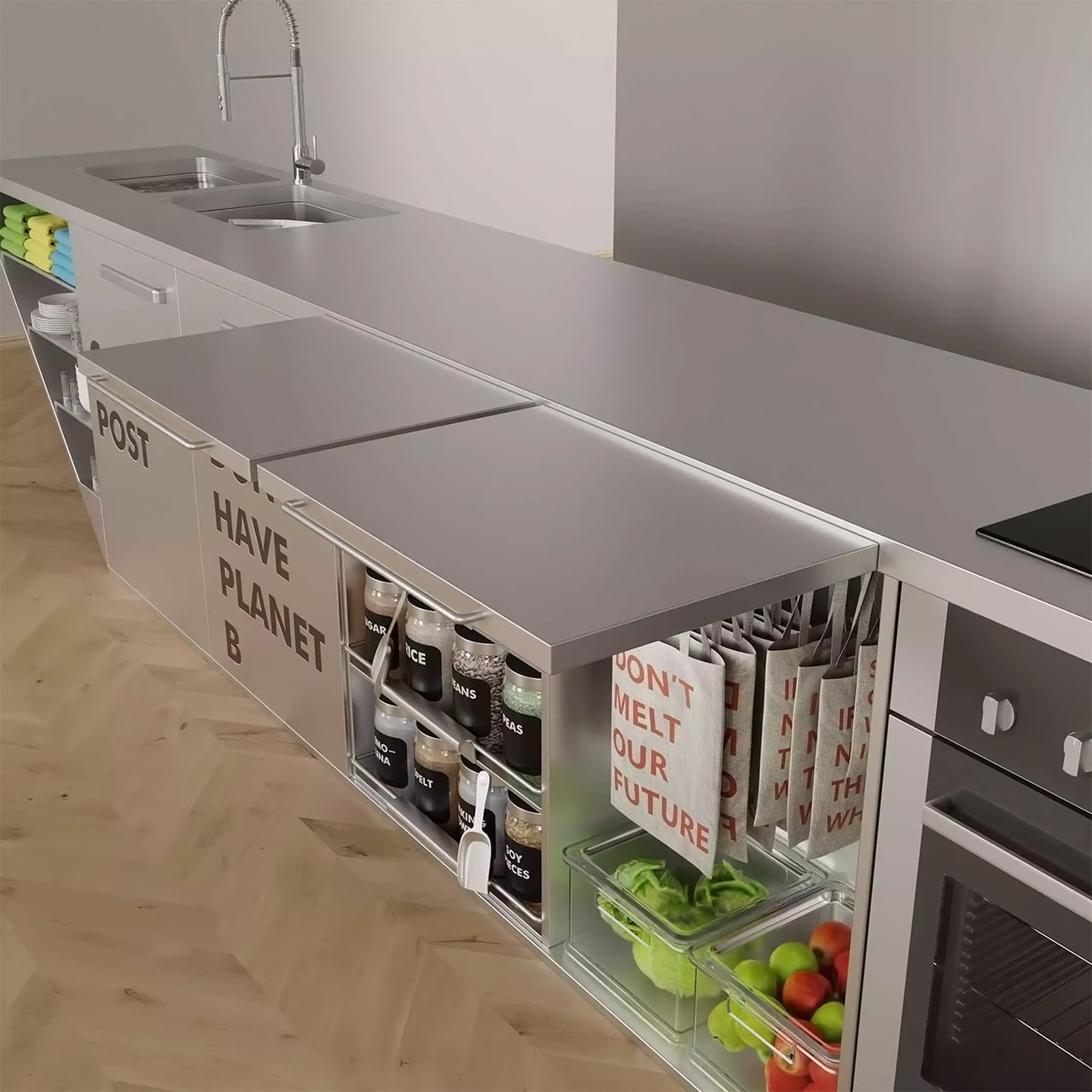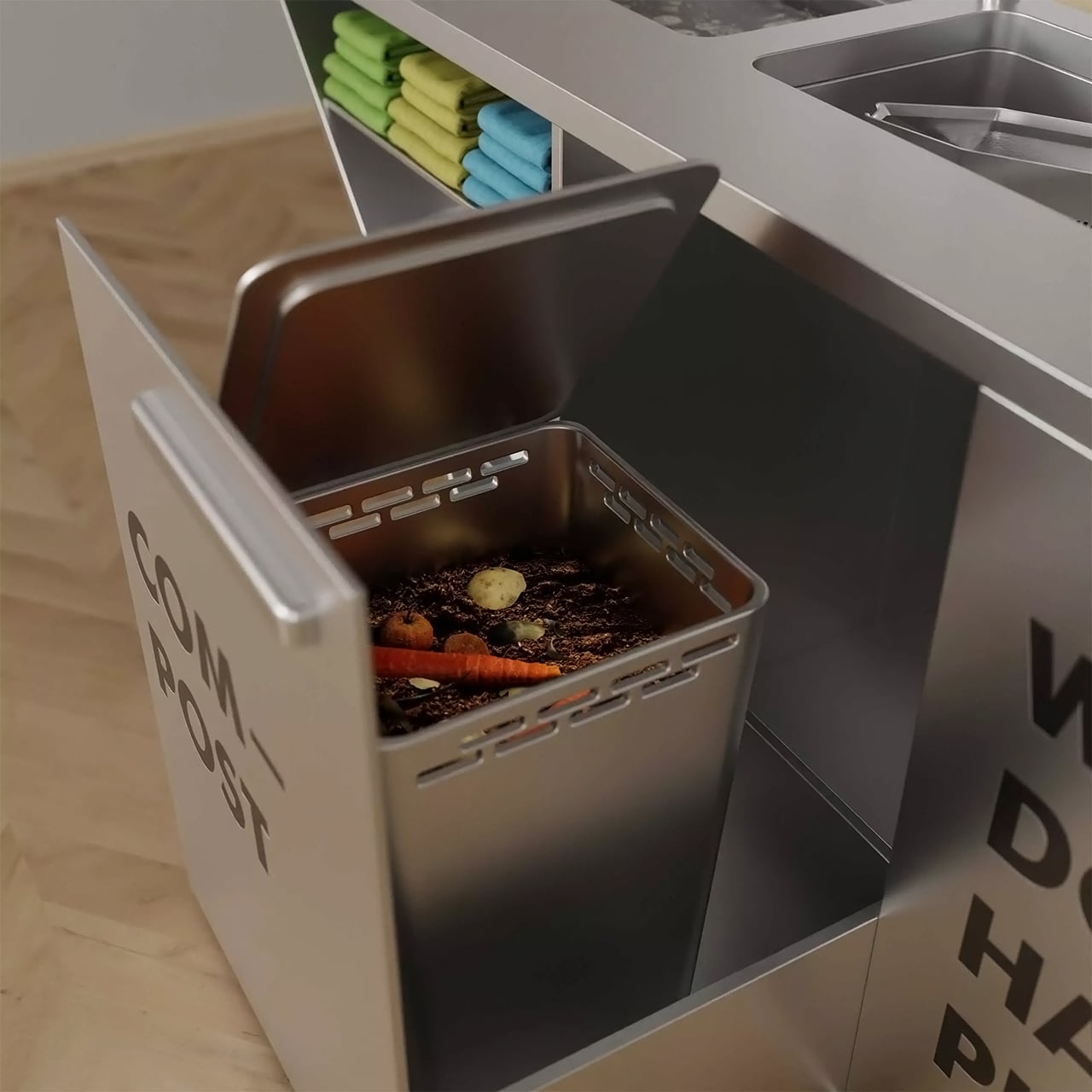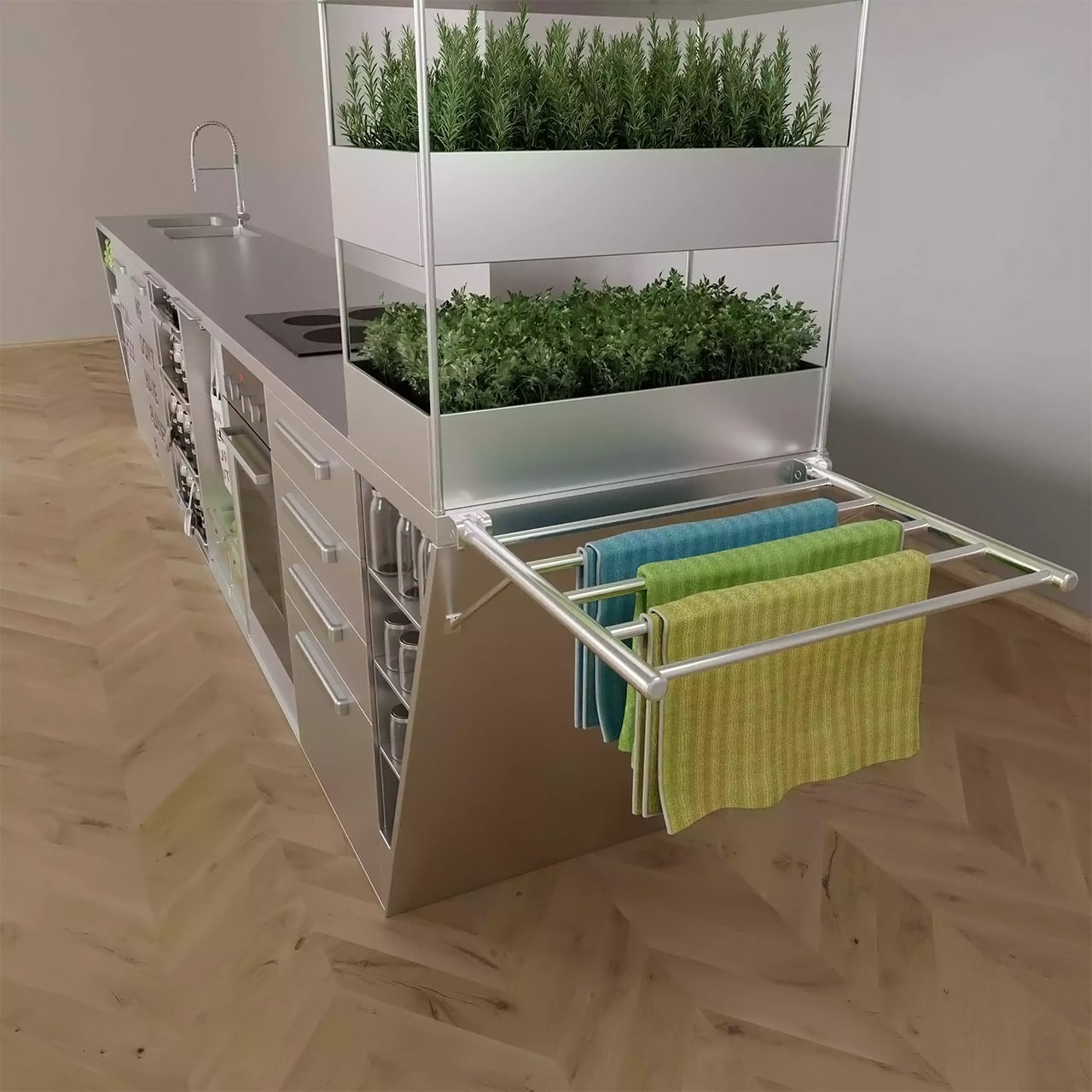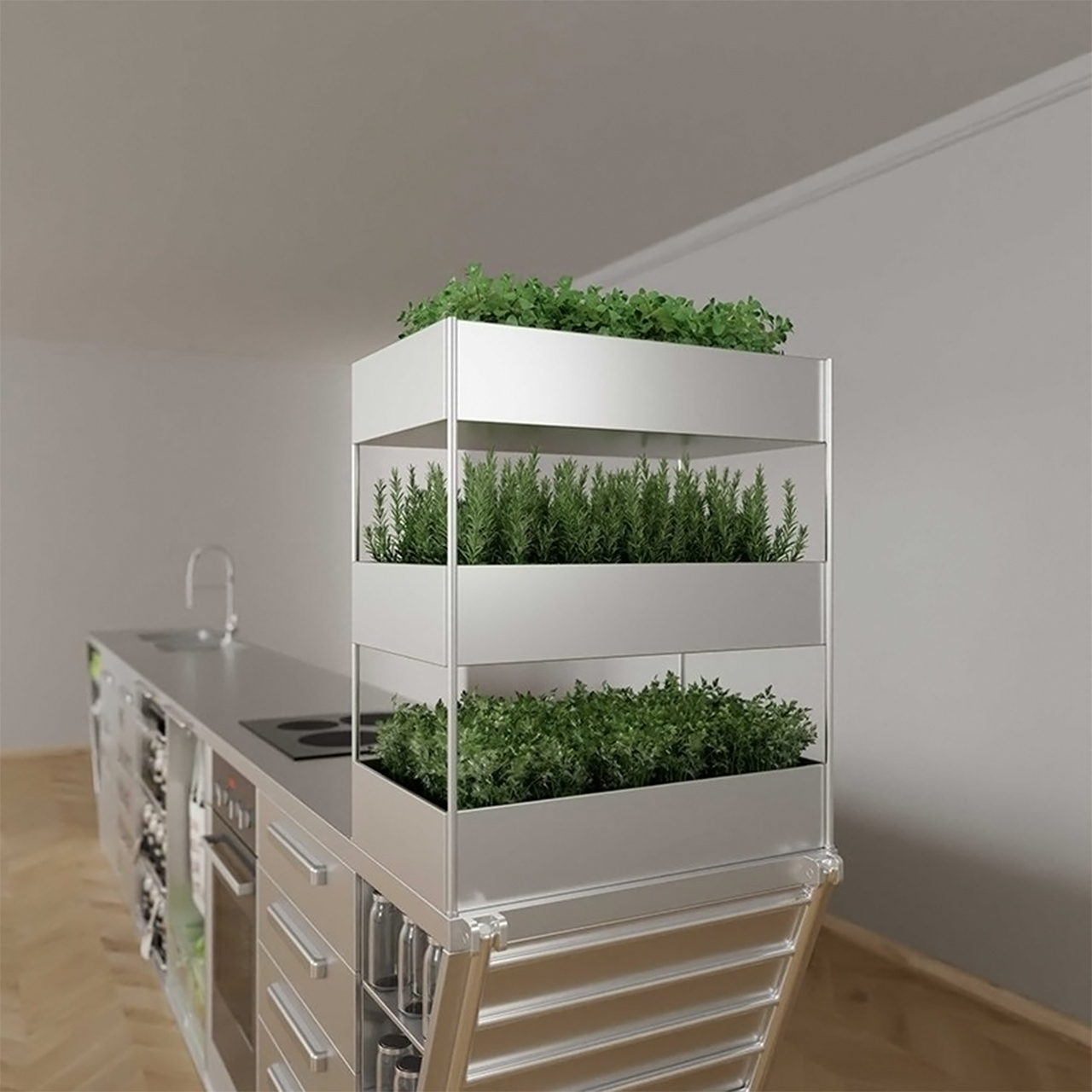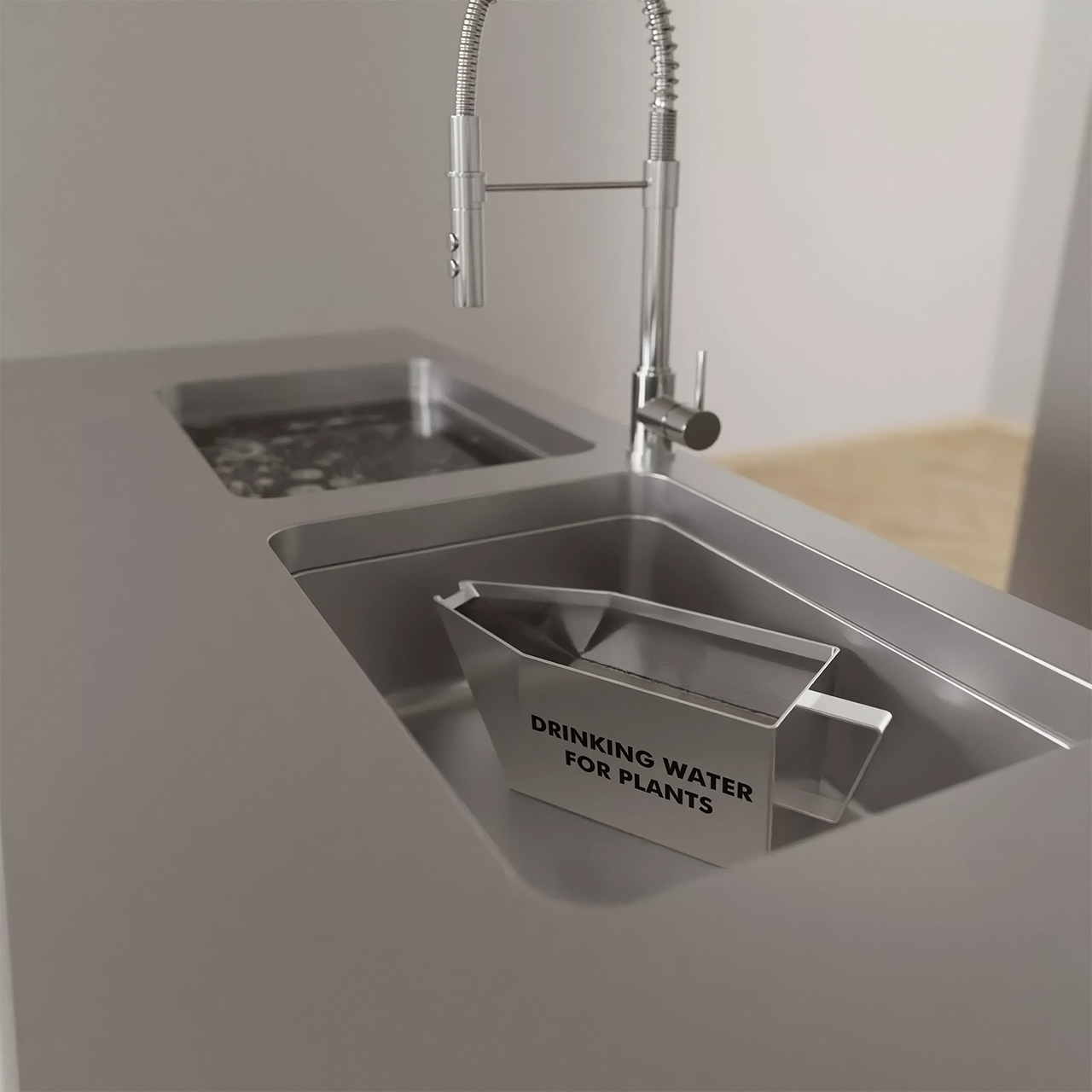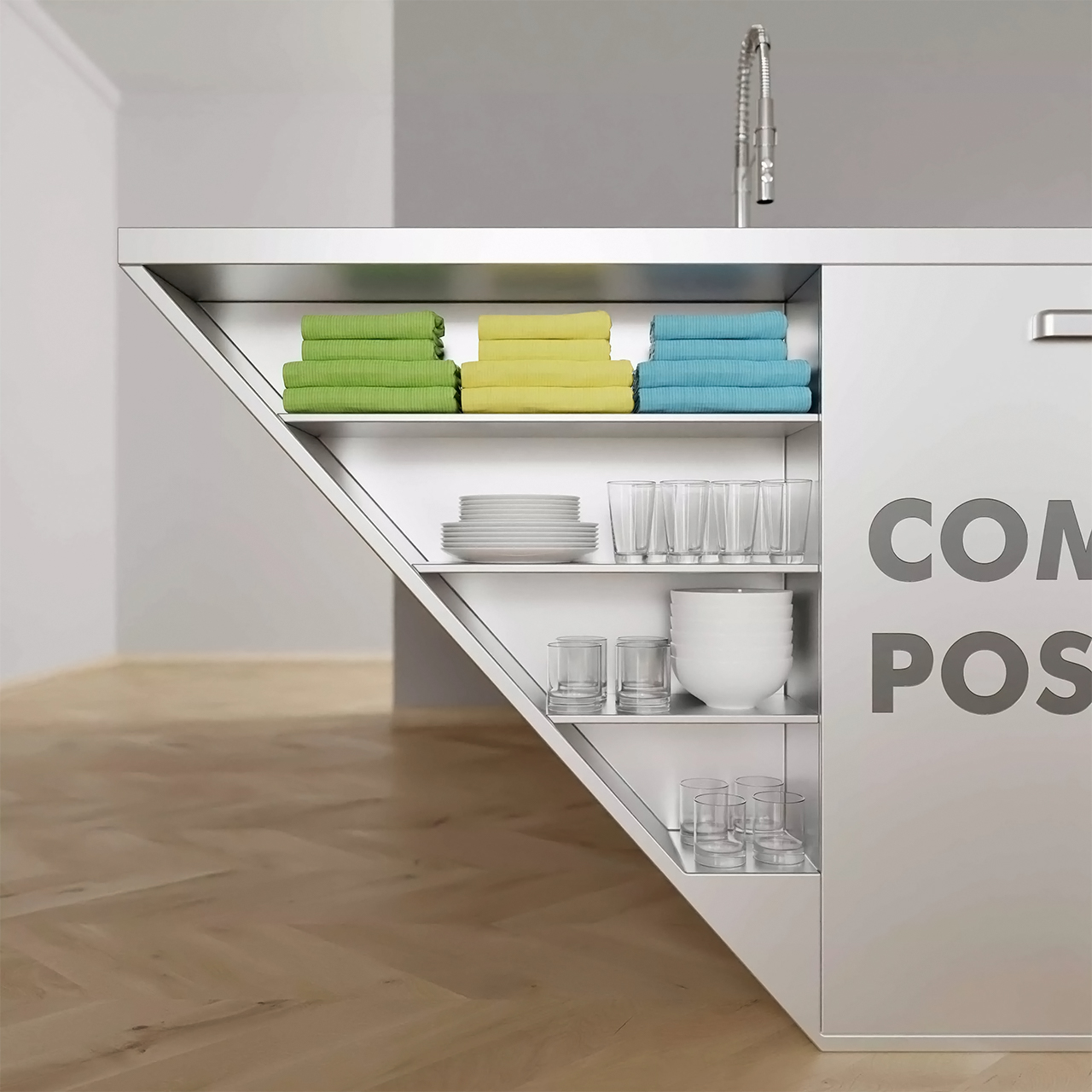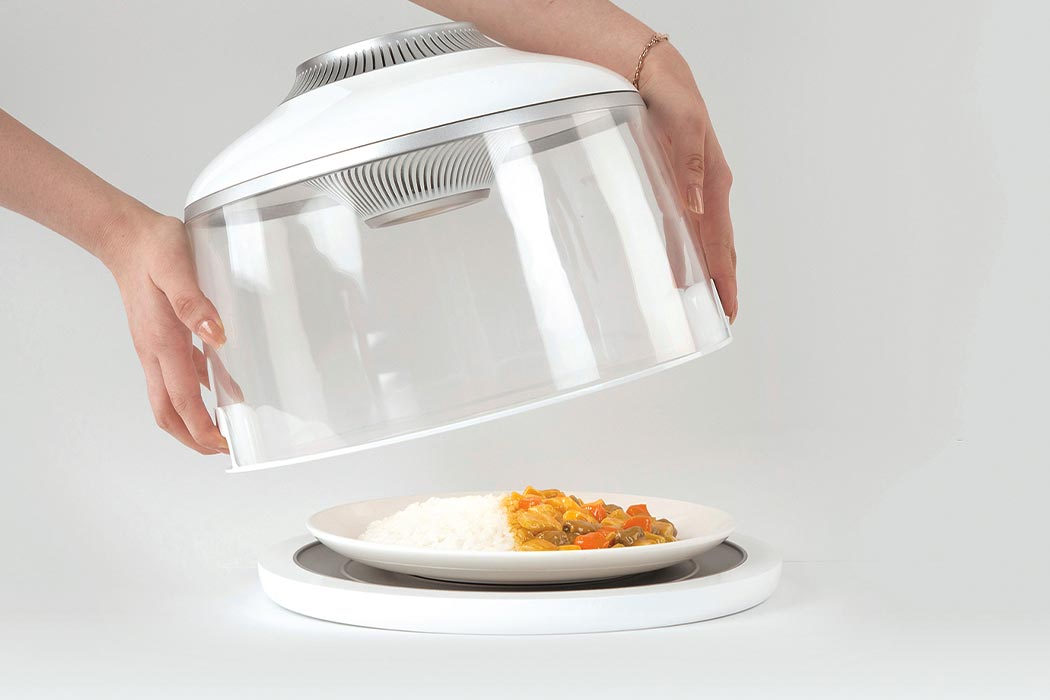
Food Wastage has become a serious problem these days. In fact, according to the Food and Agricultural Organization of the United Nations, one-third of the food produced in the world is wasted. This is primarily because we ourselves fail to understand how much food we consume, or we don’t know how to recycle or reuse the food that has been leftover from previous meals. However, this is an issue that designers have been paying immense attention to nowadays. In an attempt to combat food wastage and to promote zero waste living, they have been coming up with innovative kitchen gadgets! These products provide unique solutions to curb the wastage of food on a daily basis. They make zero waste living a reality!
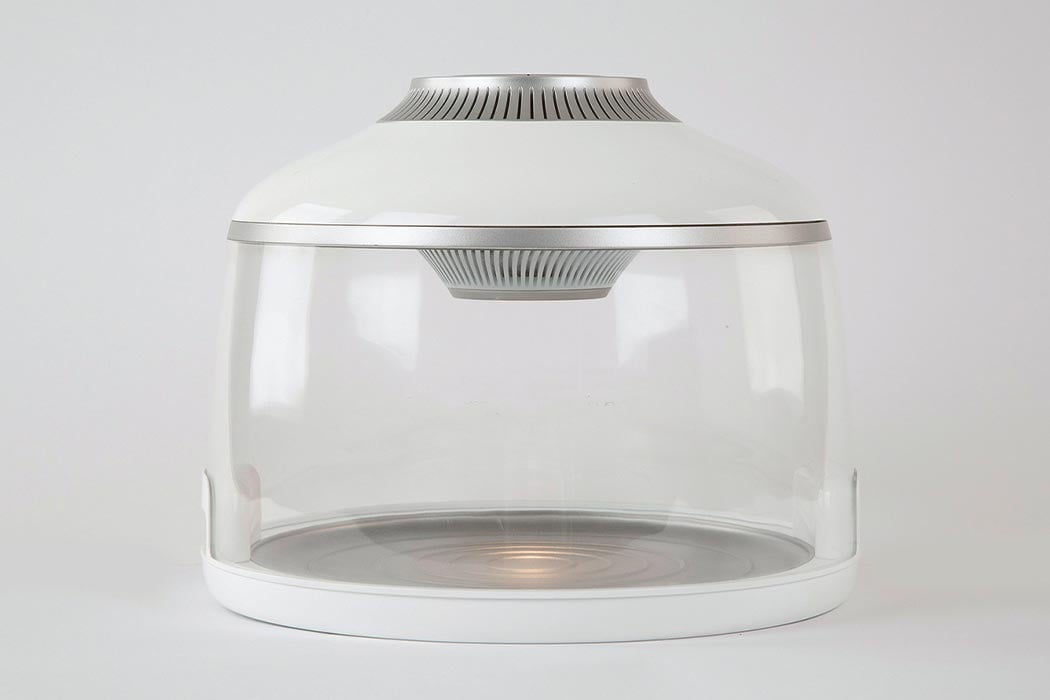
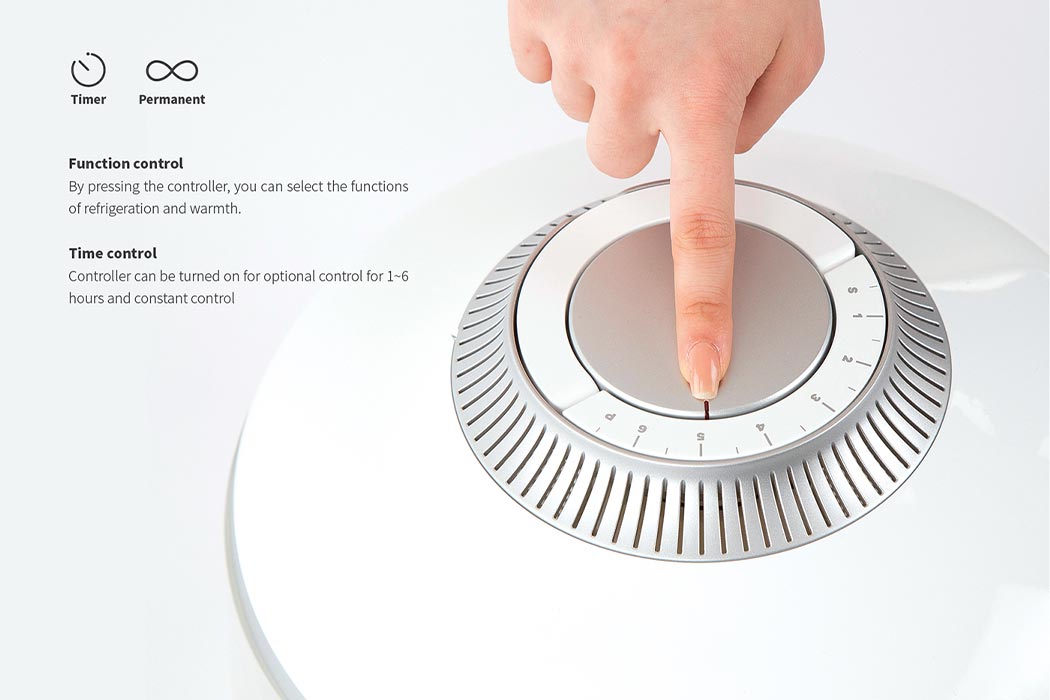
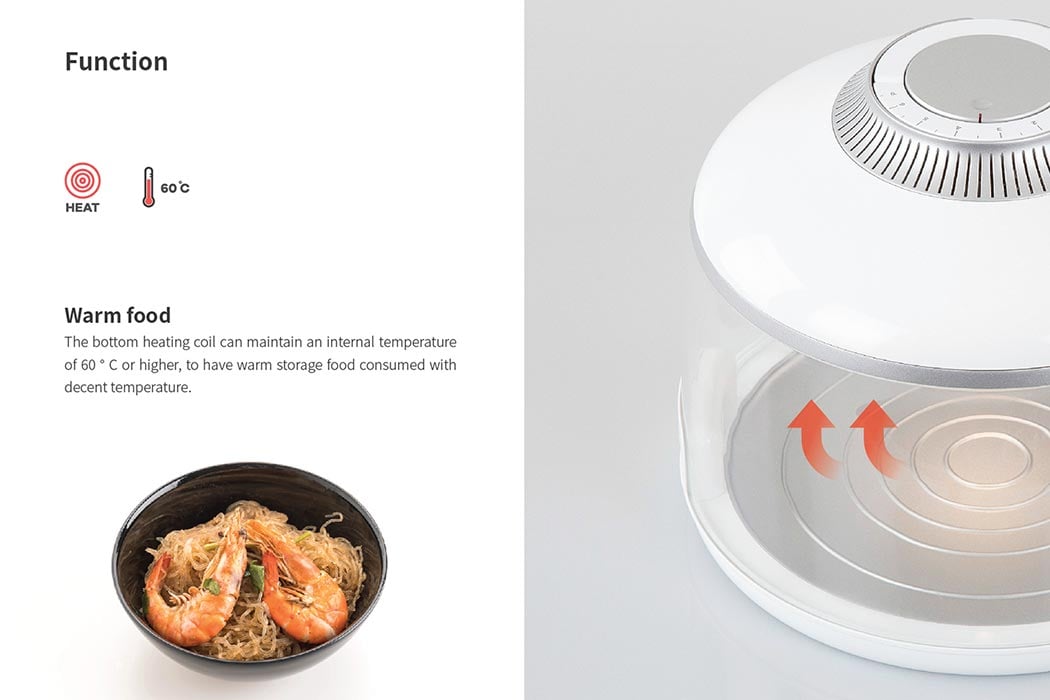
This conceptual device called The Mother’s Heart has the answers…yes, just like our mothers in the kitchen. There is a Korean practice of covering food with a cloth (Sang bo) which has been a tradition for centuries and has worked well – a ramie or silk fabric covering keeps it ventilated in the summers while a thicker fabric keeps it insulated in the winters. Inspired by this, the Mother’s Heart was designed to keep food fresh and retain its original nutrient quality. It is a simple device that is crafted like a dome food covering and an accompanying base plate. The covering has a dial on top and that lets you adjust the settings based on the food you’ve cooked. You can select between refrigeration or warmth and there is a timer feature that lets you select for how long you want to keep it running.
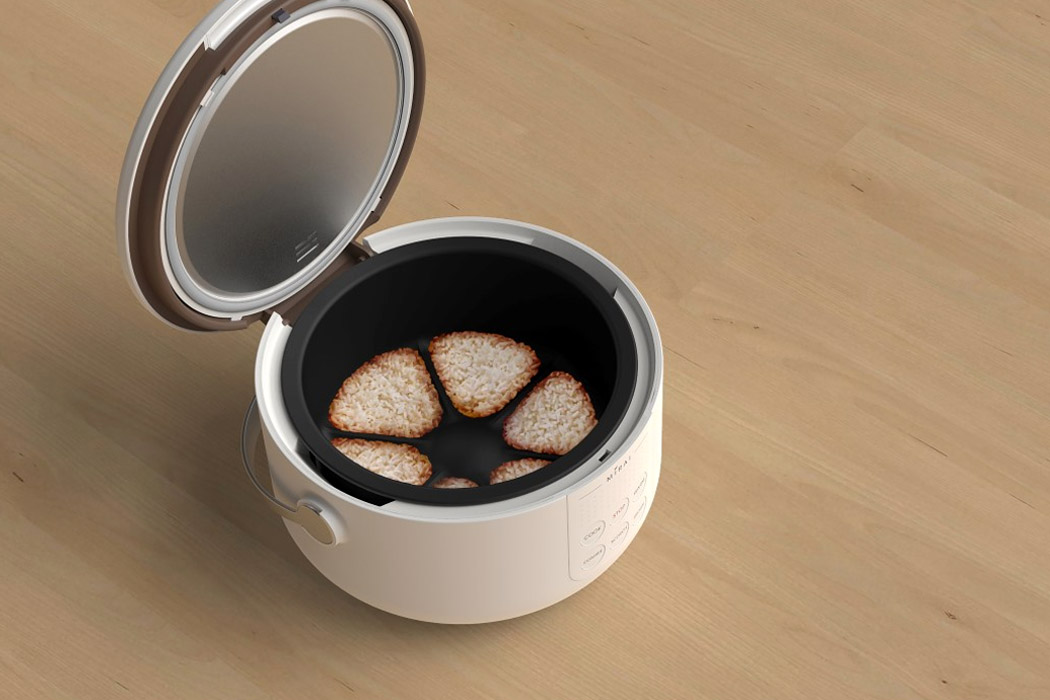
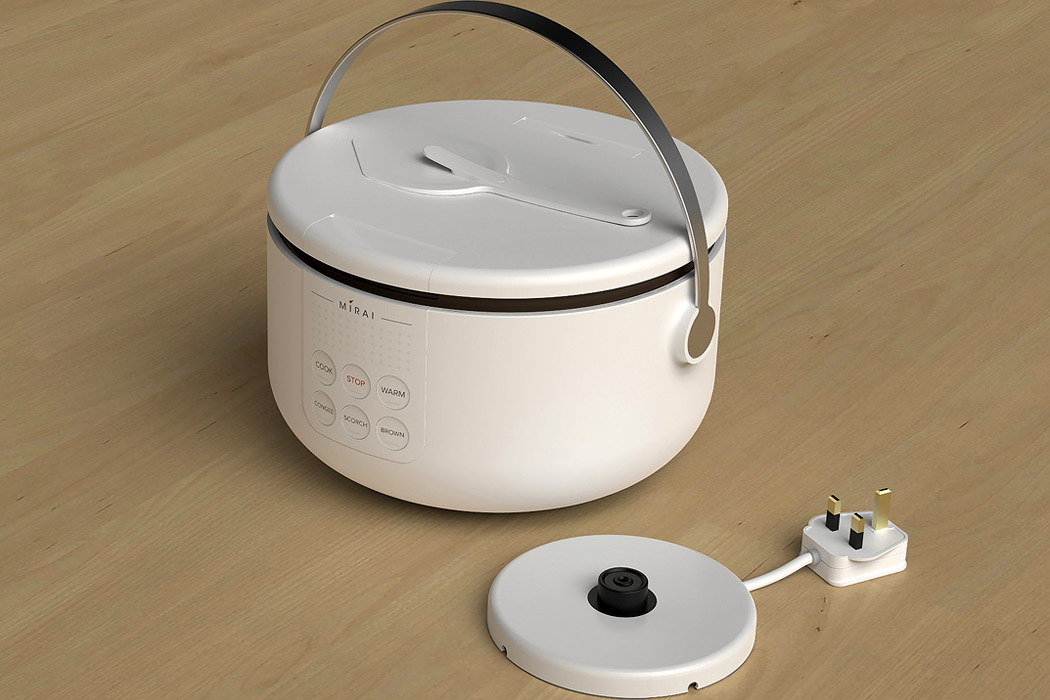
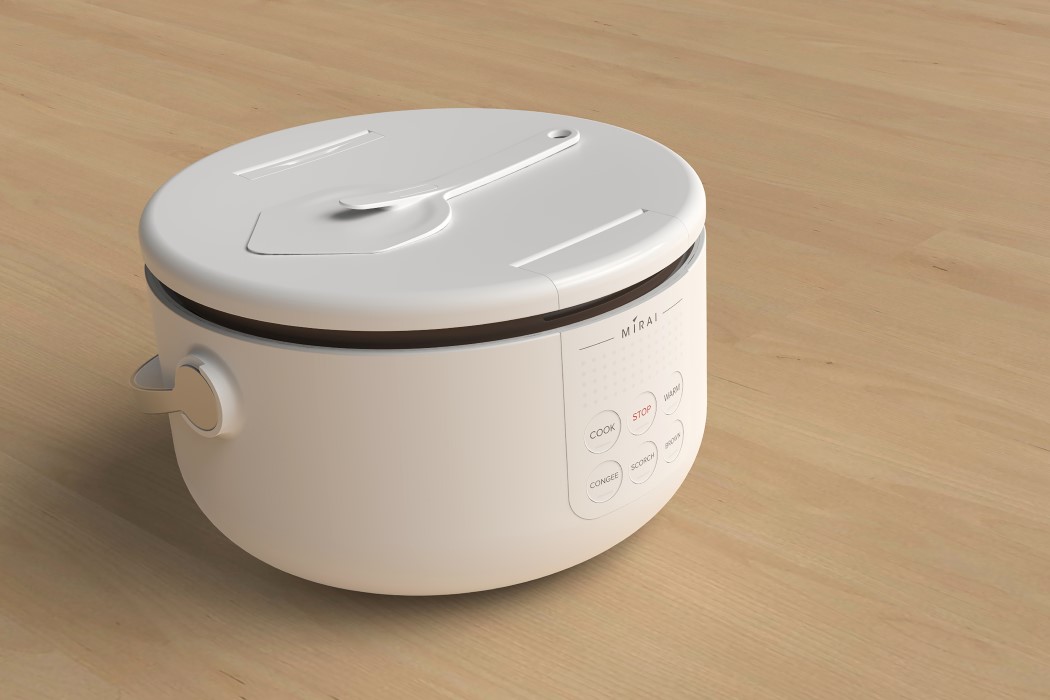
Ronald Tan’s idea is that even a small portion of leftover rice is food nevertheless, and should not be treated as waste. The Mirai Rice Cooker is designed to not just flawlessly cook your rice (with multiple settings on its control panel), but it also allows you to transform your leftover rice into crispy rice cakes for a post-meal snack! The base of the cooker comes molded with a pattern that allows you to place your leftover rice into triangular pieces. The Mirai then cooks the rice into flat crispy cakes that can be easily scooped off with the spatula that comes built into the Mirai. The inner surface of the cooker comes with a Teflon coating to ensure your rice grains never get stuck to the Mirai, making it not just easier to cook with, but also keep clean!
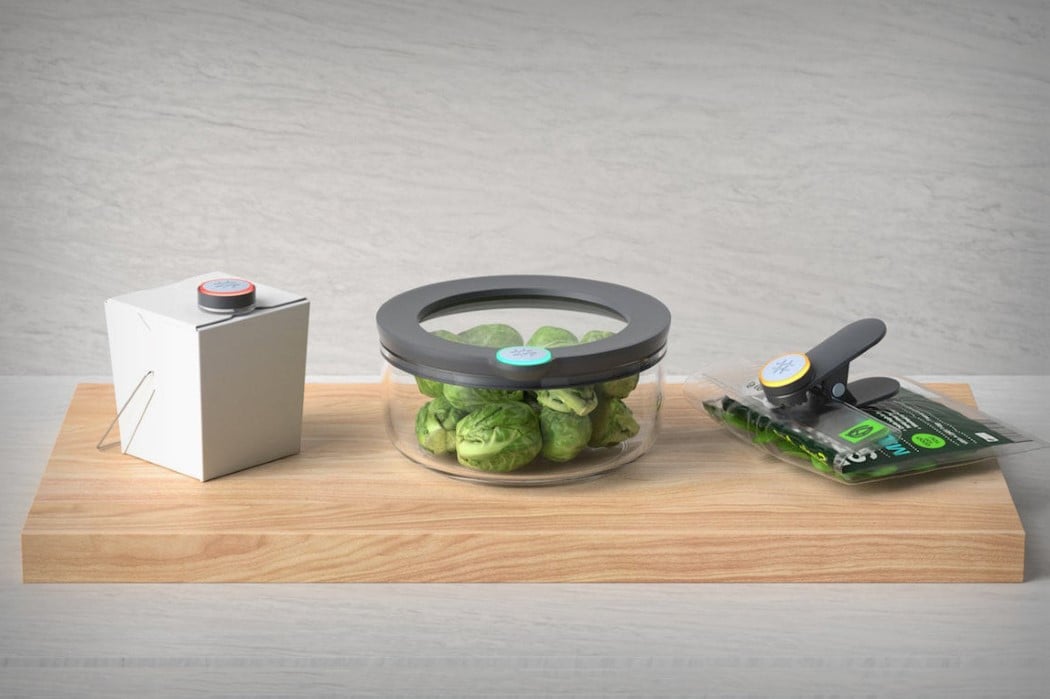
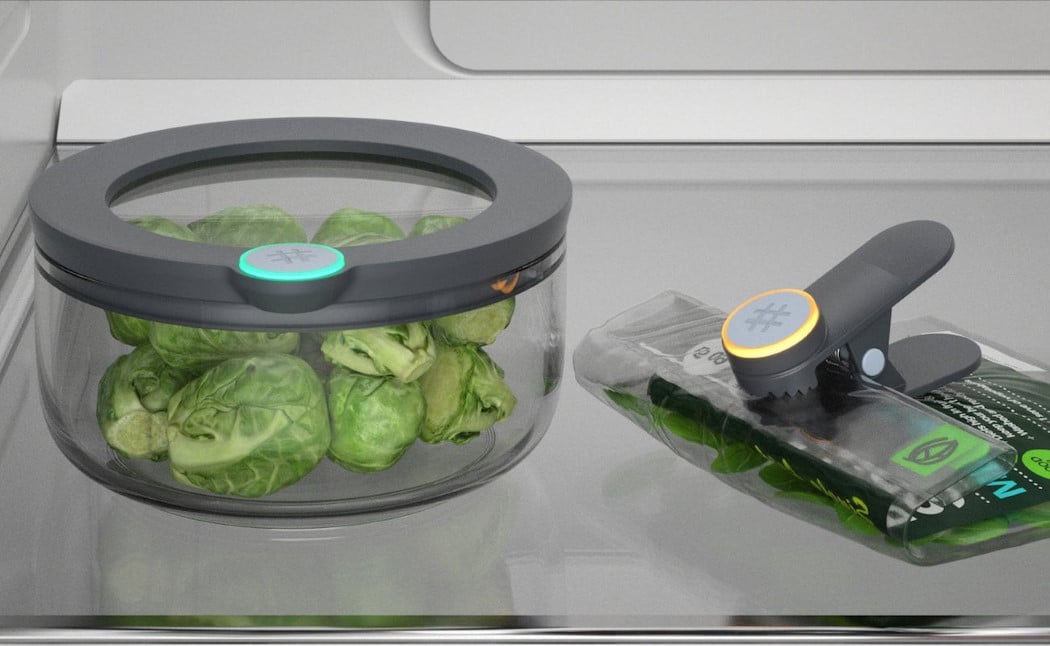
Food wastage is quite a serious matter. We buy things, forget we’ve bought them, and throw them away after weeks because they’ve gone stale. It only makes sense that we rely on AI to combat food wastage, and the Ovie Smarterware wants to do just that. The Smarterware ecosystem revolves around smart tags, that store the nature of the item, its purchase date, and its expiry date. These tags fit into either Ovie’s Smarterware container or the Smarterware clip and keep track of what you’re buying as well as when you’re buying them. When items start sitting around too long, the Smarterware clips ping you either on your phone or via your smart speaker, not only letting you know your veggies/meats are going stale, but they also browse through recipes for you to use those ingredients in!
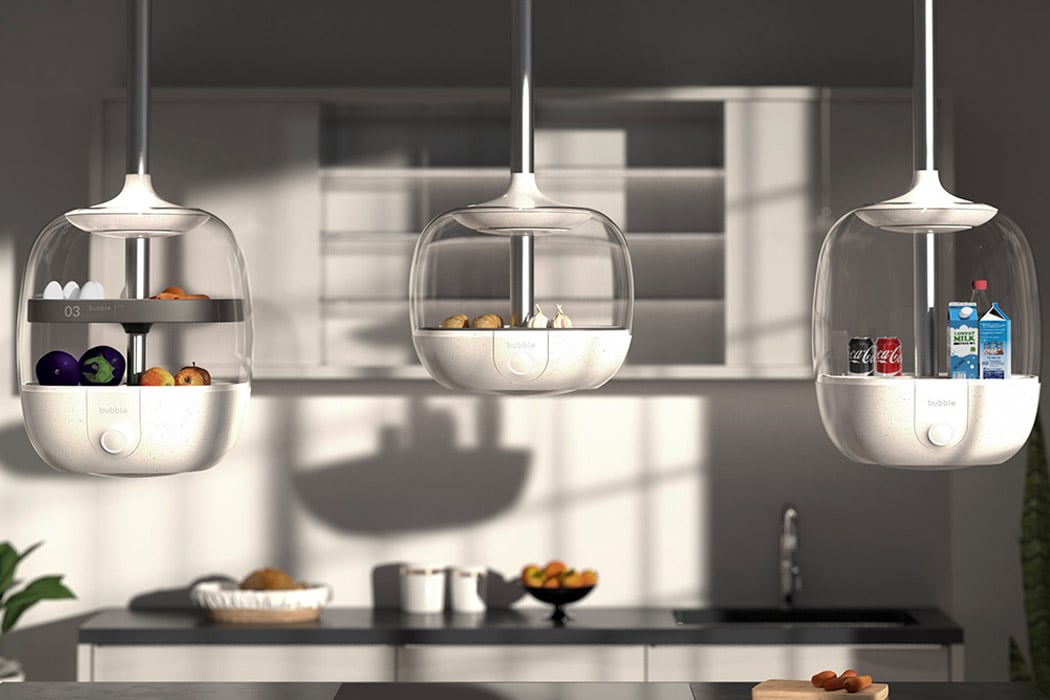
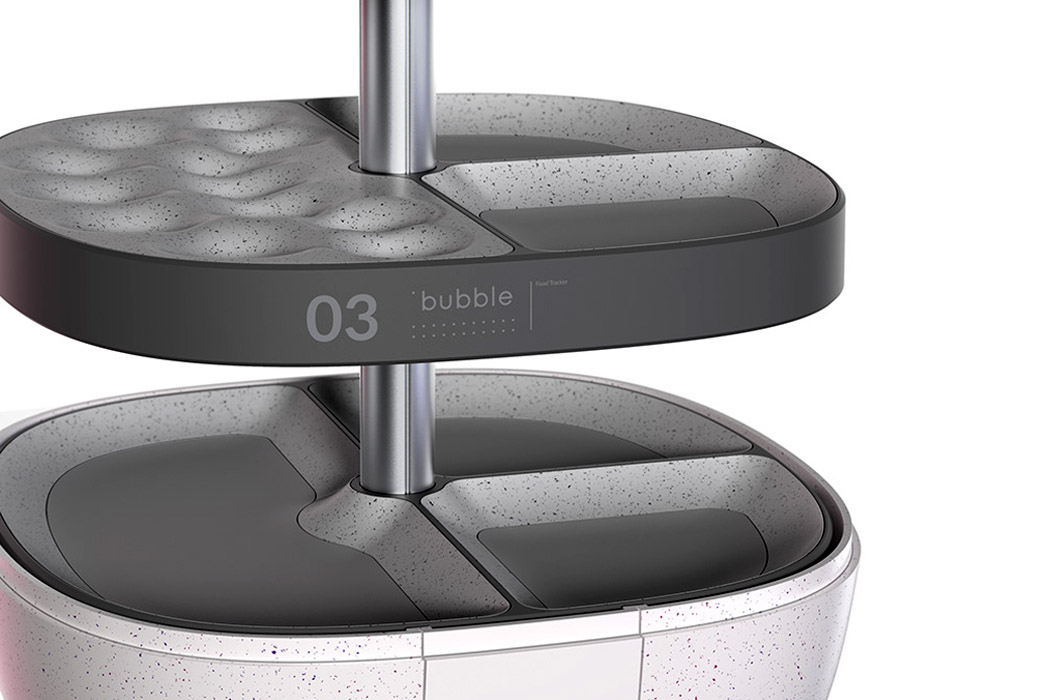
Designed by Savin Dimov and Altino Alex, Bubble is a food tracker, that monitors our food consumption, in an attempt to encourage a healthier lifestyle and to reduce food wastage. Research shows that most of us don’t even know what food items we have in our kitchen! And a large number of us also don’t know what we exactly need to buy when we’re replenishing our groceries. Bubble promises to track, store, and replenish our food items in accordance with our needs. The food tracker comes with an app compatible with your smartphone. You can either order your groceries via the app or physically visit a grocery store and do your shopping. Once you’re home, you can place your groceries such as fruits, vegetables, milk, sodas, etc within Bubble.
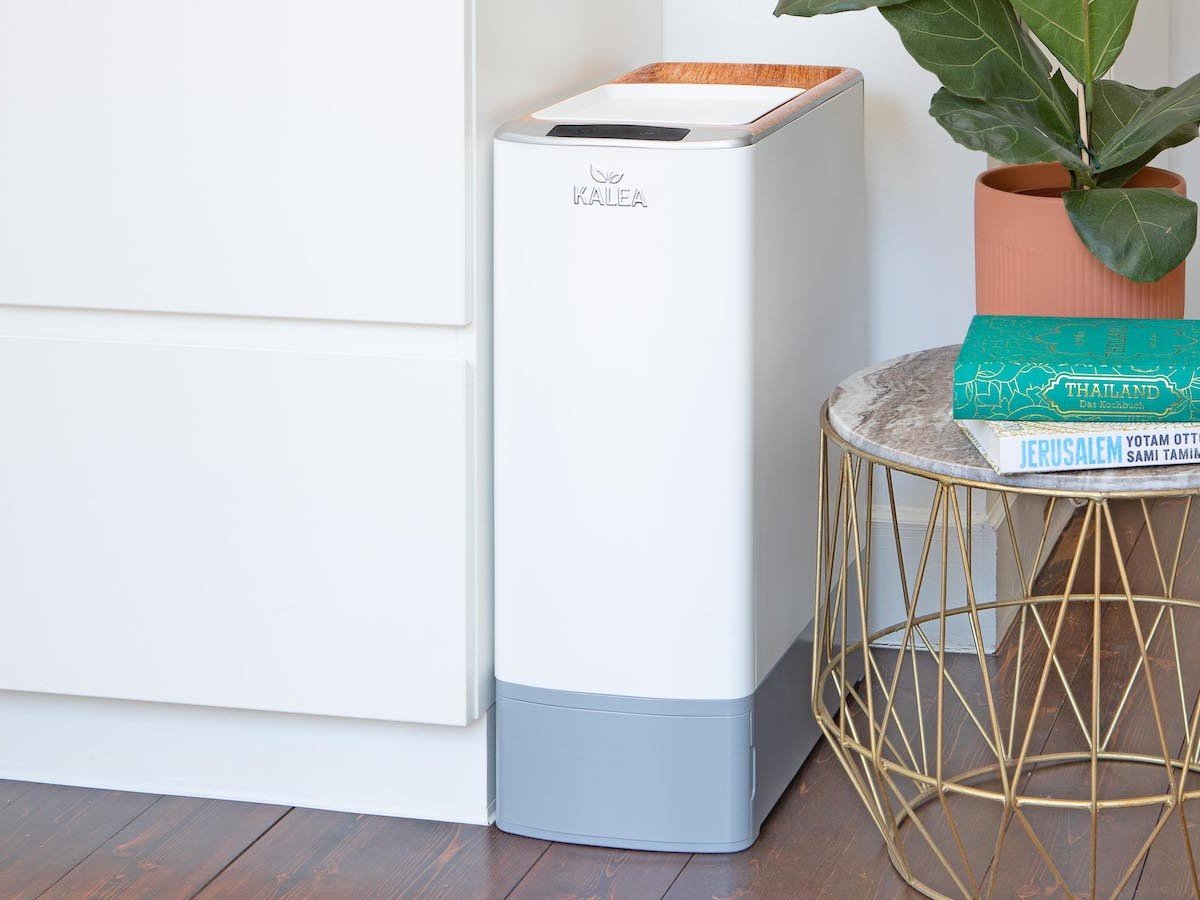
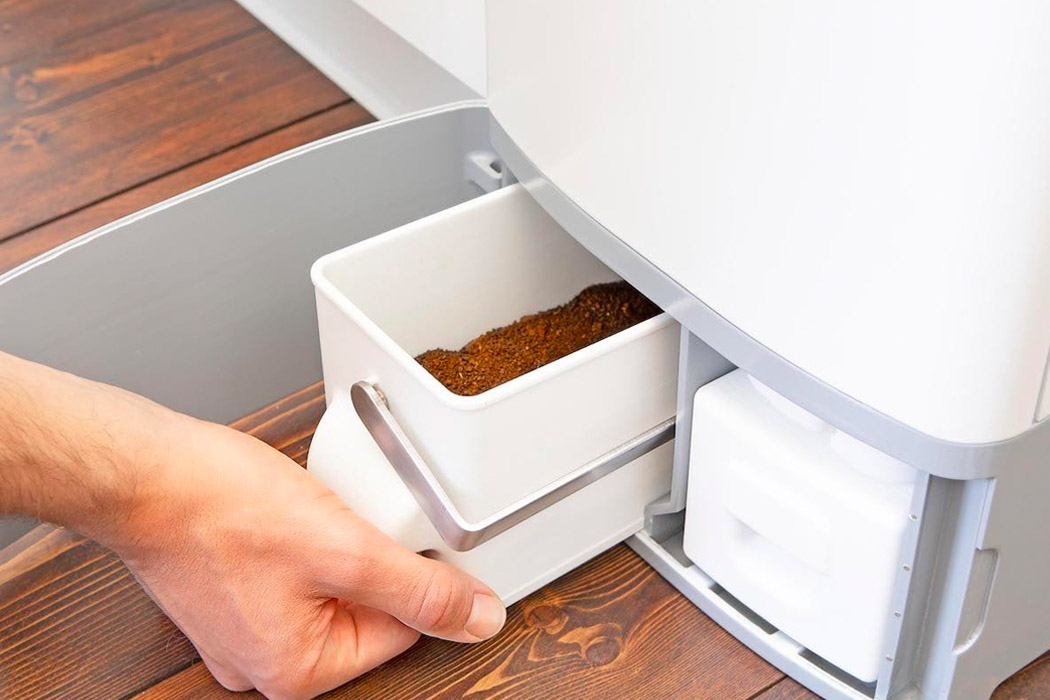
The KALEA Automatic Kitchen Composter converts your food waste into a nutrient-rich fertilizer! You can easily toss your leftover food scraps into the automatic composter, and it transforms them into a nutrient-dense fertilizer within 48 hours. The fertilizer is almost like soil and can be used in your personal garden to tend to your plants! The composter can be connected to an app as well!
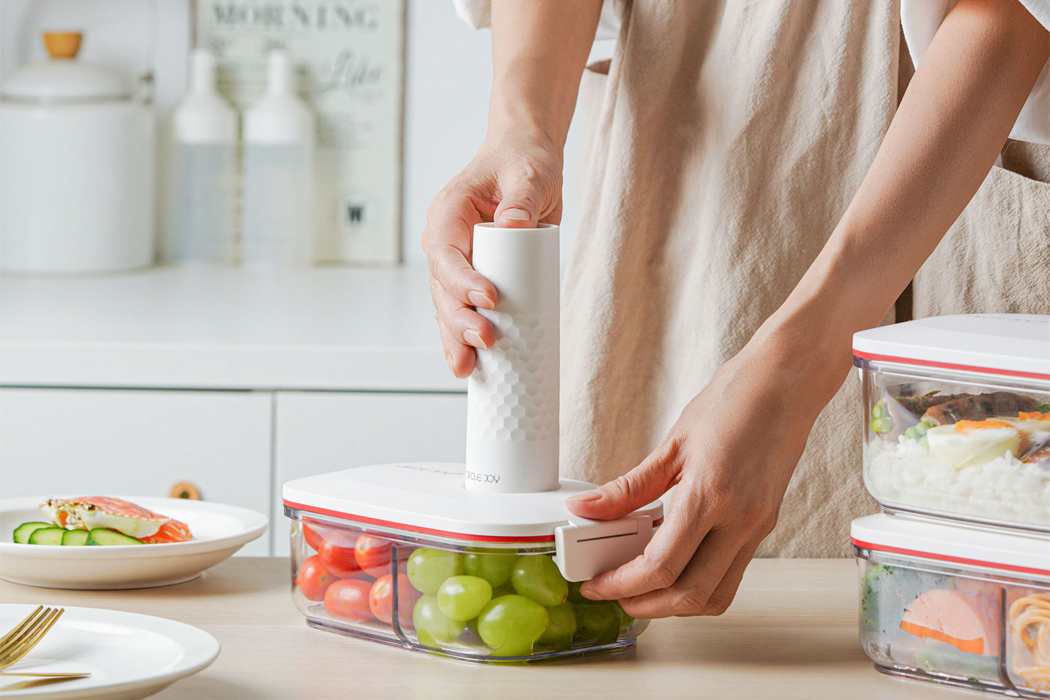
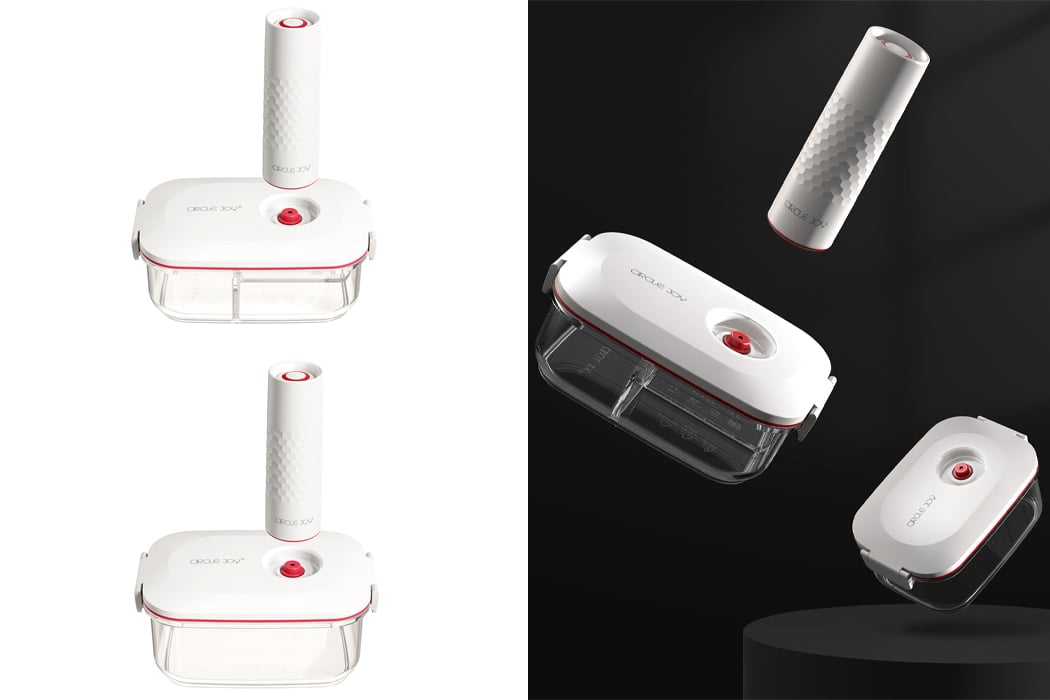
Designed to provide food containers with high-vacuum storage to curb bacterial growth, Zhuhai’s vacuum storage system boasts that it can keep your leftovers sealed for three to five times longer than the standard food storage container. The hard plastic containers come with pre-delineated food zones that help users separate their food items and with a vacuum-sealed lid that works as the base for the accompanying pump. Zhuhai designed the vacuum pump to be automatic so that once it’s placed on top of a container’s lid and activated, the pump immediately begins pulling out the excess air inside of the container until it reaches a high-vacuum degree of -0.03 Mpa.
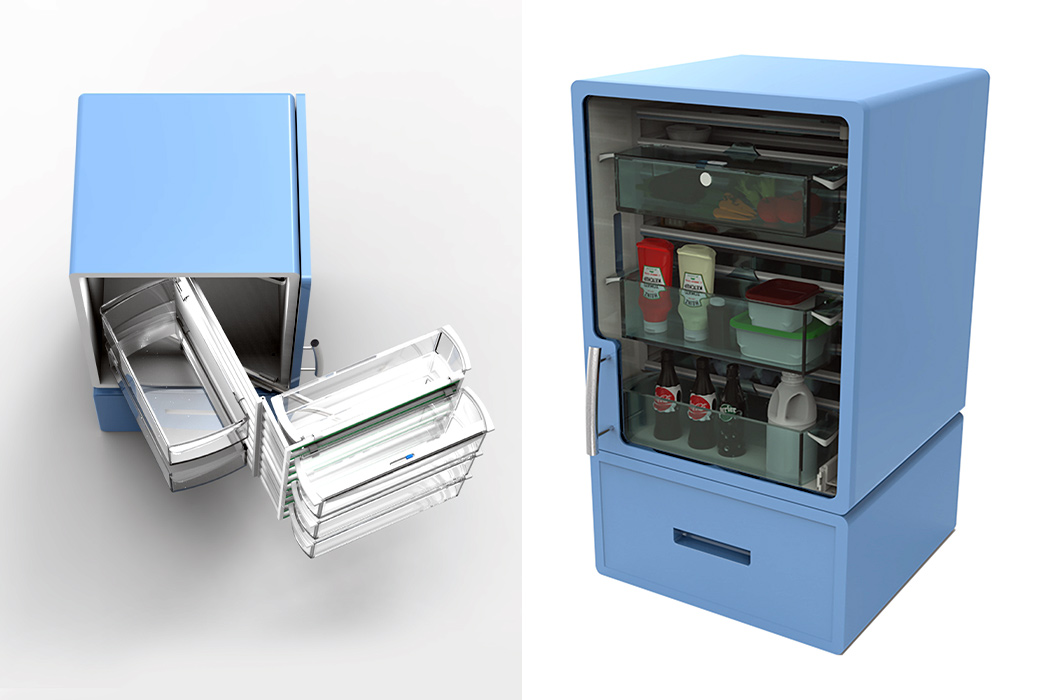
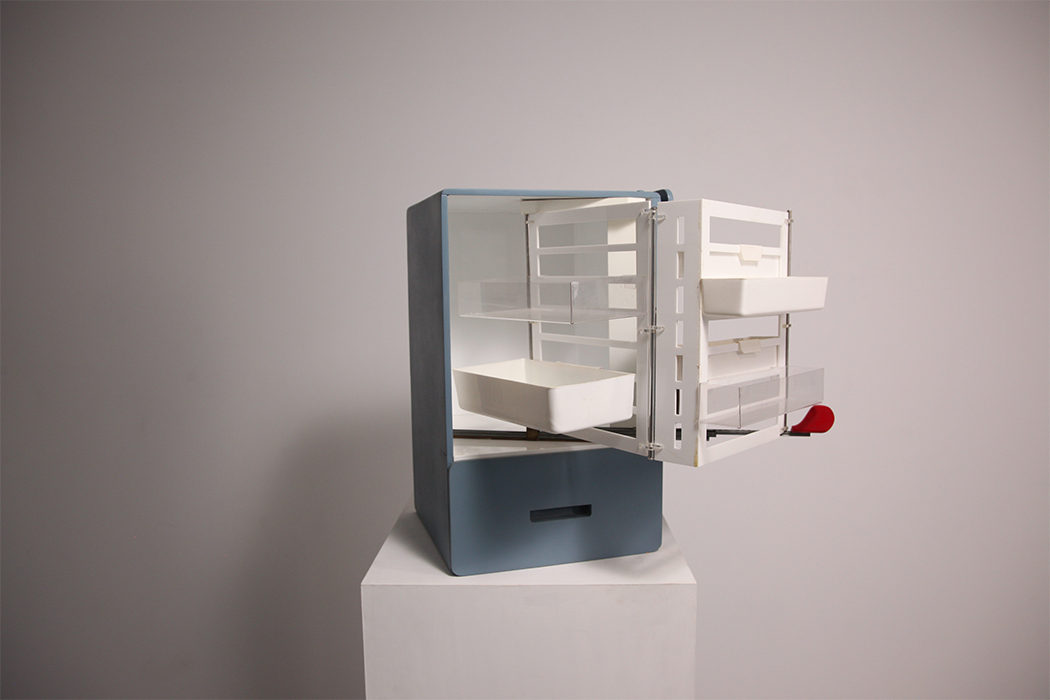
Most of today’s refrigerators are like deep bookshelves that come with air conditioning. They store a lot and keep our food items fresh, but as they fill, older food items just pile up and rot, so cleaning out your refrigerator ends up being more laborious of a task than it should be. In order to combat this, Nicolaou created PRESENTA, a new fridge design that keeps the storage capacity of the typical refrigerator but ditches the unfriendly depths. Three modular, three-tier shelving units comprise PRESENTA and thankfully they make both storage organization and inevitable clean-up much more approachable. Detachable, plastic shelves line the swing-out design of this refrigerator and they can be swapped out and reorganized in order to optimize storage and cleanability. When the user opens the refrigerator, each of the inside contents is immediately made both visible and accessible.
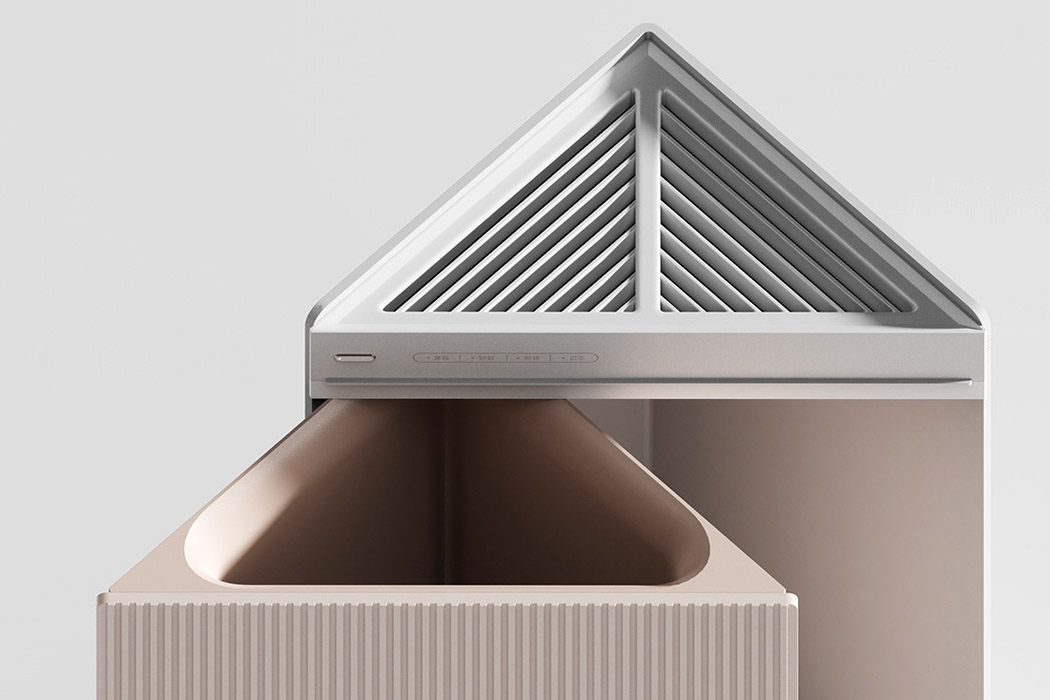
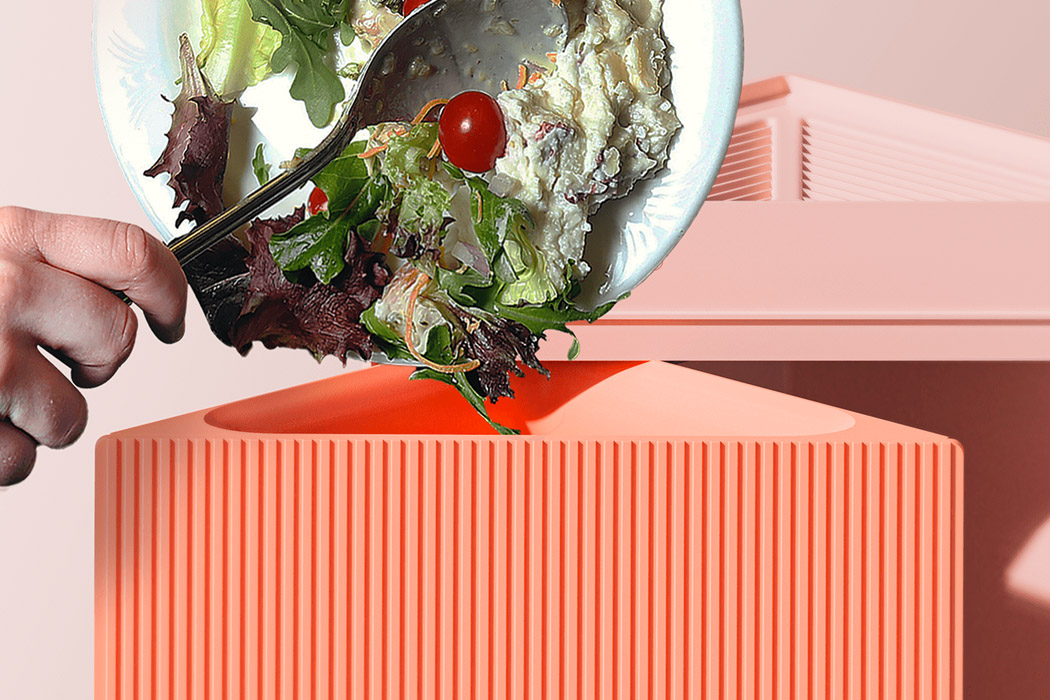
Designed by Designer Dot, Alone is a food waste processor for single-person households! It is a compact and ergonomic food waste processor that works perfectly for homes with only a single resident, for example, university students. You can place the food within the processor, and it will grind the scraps into powder form. An attached HEPA filter prevents any bad odors from being emitted.


Designed by Munich-based company brezzl., the Fridge Eye is designed to work with any fridge, attaching to a wall on the fridge, or a cabinet on the fridge door. The wireless device runs on batteries and boasts of a battery life that spans years. The trick is in the way the Fridge Eye is programmed. It isn’t a camera that streams video footage on command, it just sends you a picture of your fridge’s interiors every time the door shuts. The Fridge Eye uses a temperature sensor to identify when someone opens the fridge door (i.e., when the temperature suddenly drops), and it conveniently clicks a picture once said person has shut the fridge door.
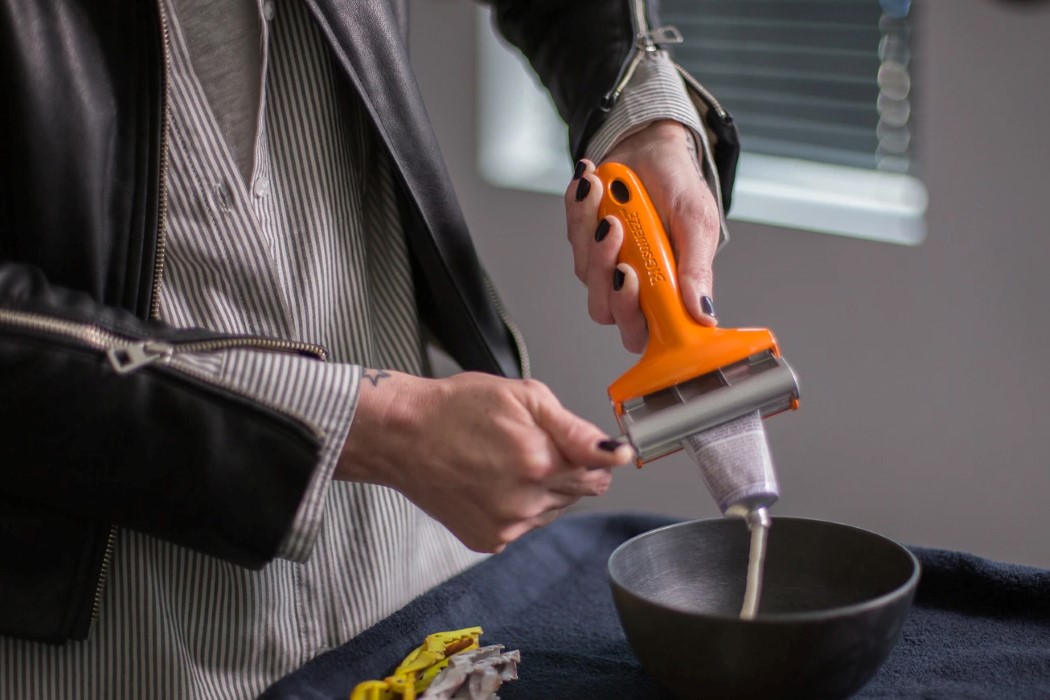
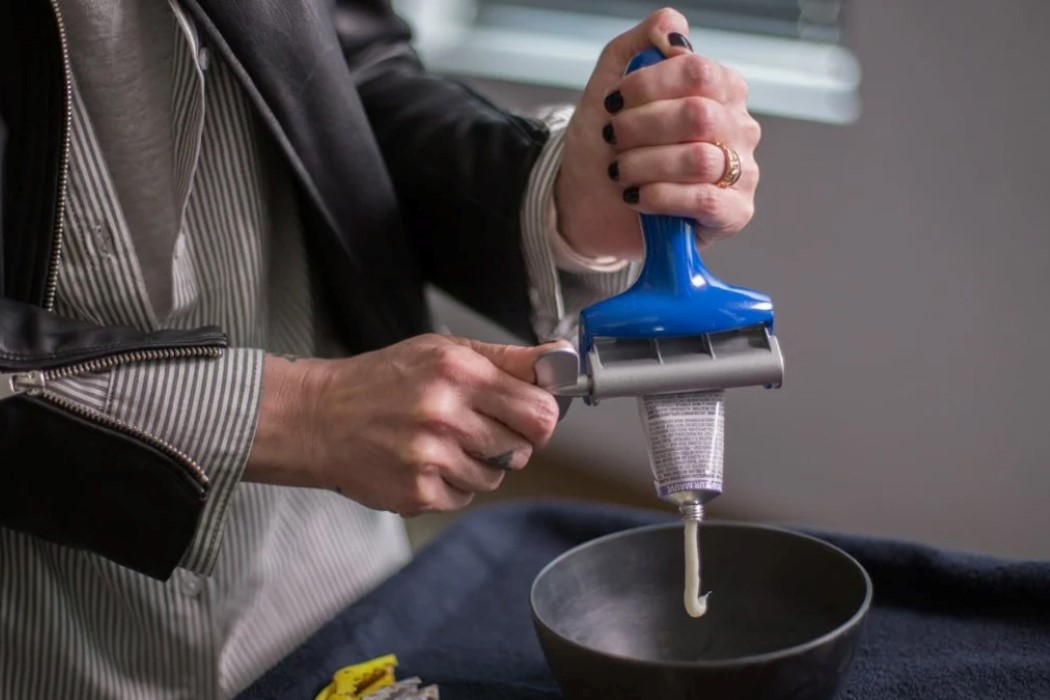
Whether it’s oil paints, toothpaste, or tomato puree, the Big Squeeze makes sure you get a bang for your buck by squeezing every last drop out. Practically steamrolling tubes with its powerful metallic rollers, the Big Squeeze helps eliminate wastage by physically forcing every bit of residue out of tubes. The corrugated rollers help by getting into small corners to make sure nothing is left behind, while the Big Squeeze’s width is enough to accommodate everything from tubes of paint, or toothpaste, to even kitchen foods. It comes with an ergonomic hand-grip that mimics the style of a paintbrush, while a large winged key on the side lets you easily twist away to squeeze. Plus if you ever get a little food on it, just go right ahead and chuck it in the dishwasher!

